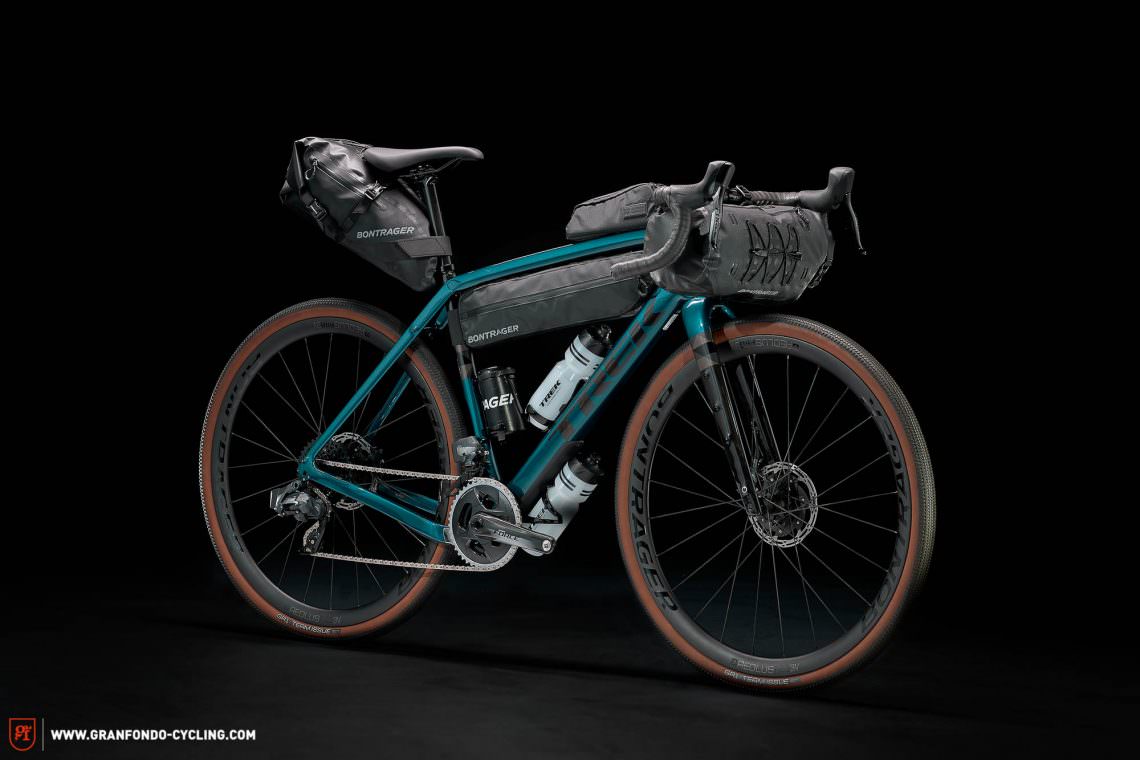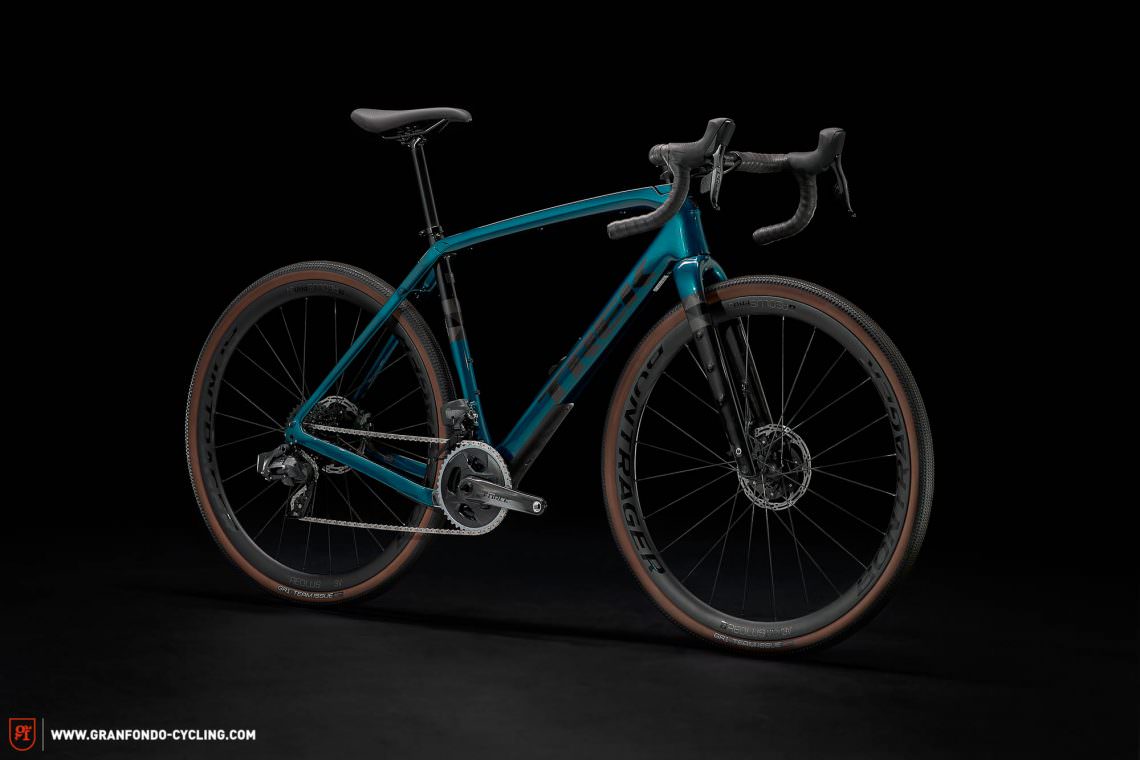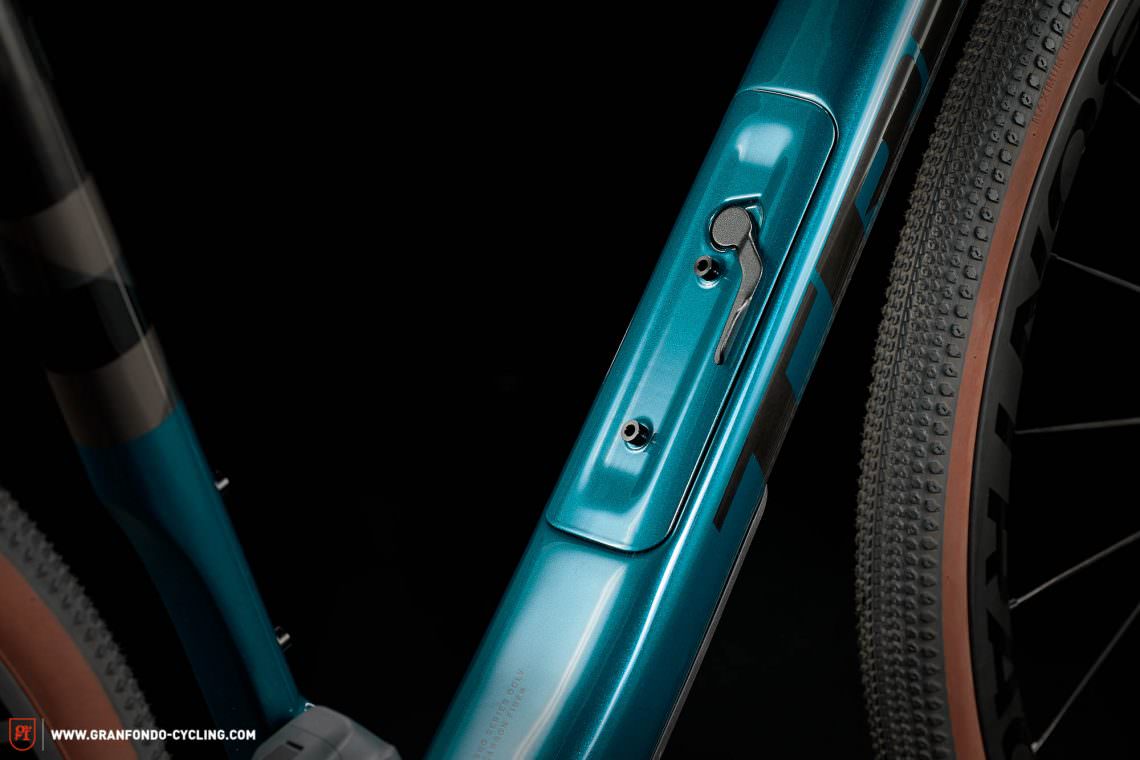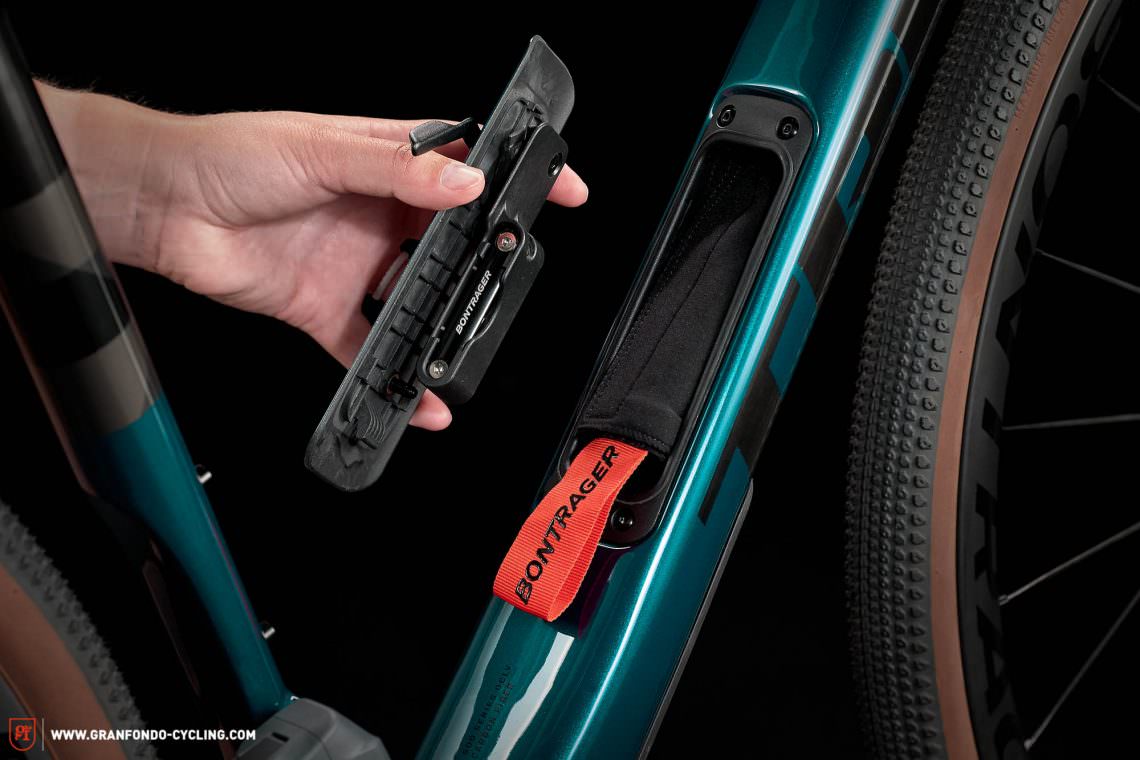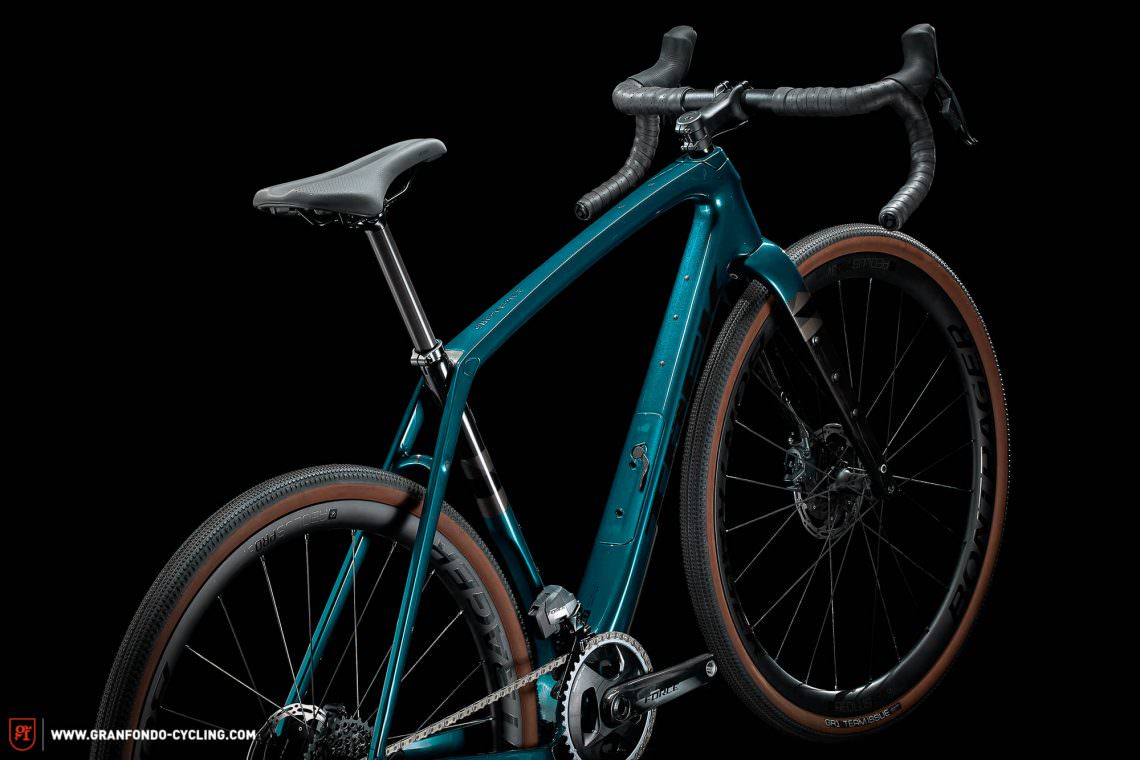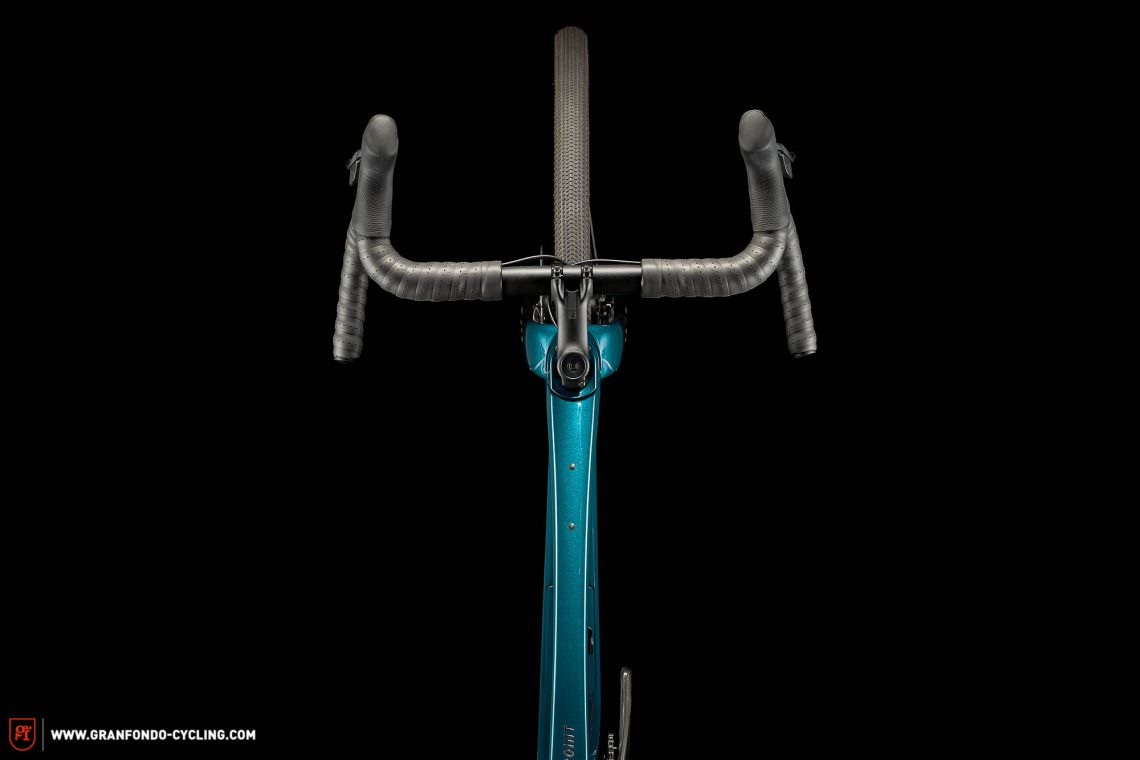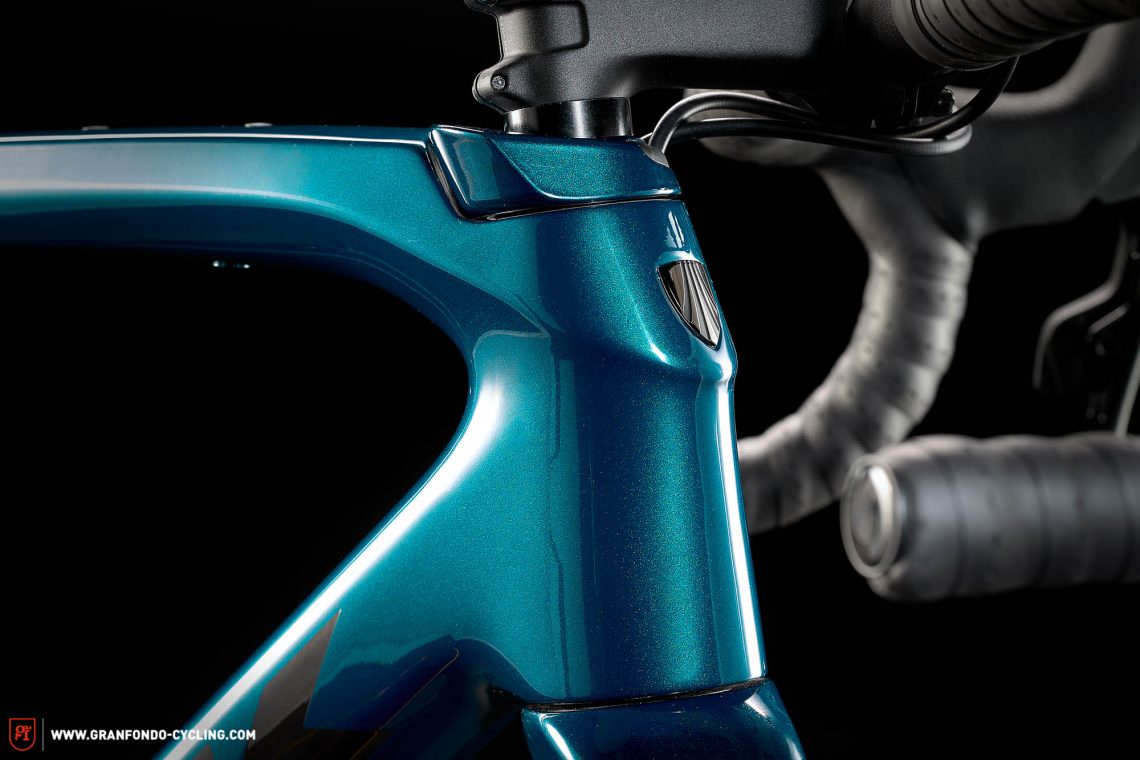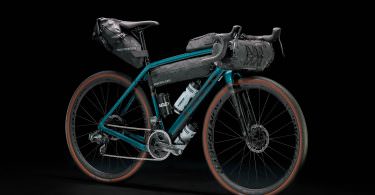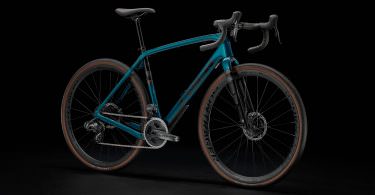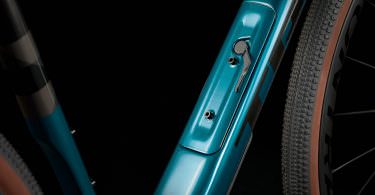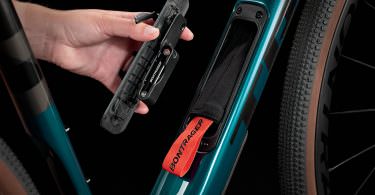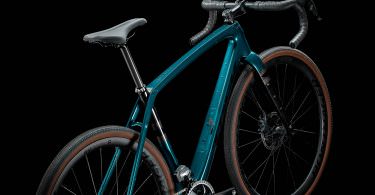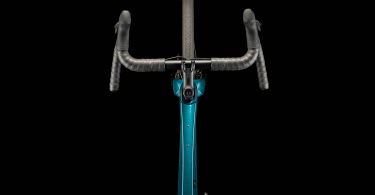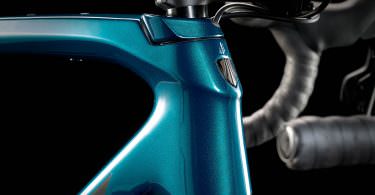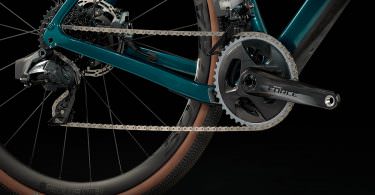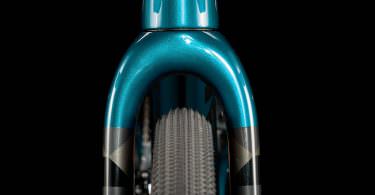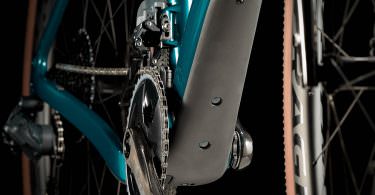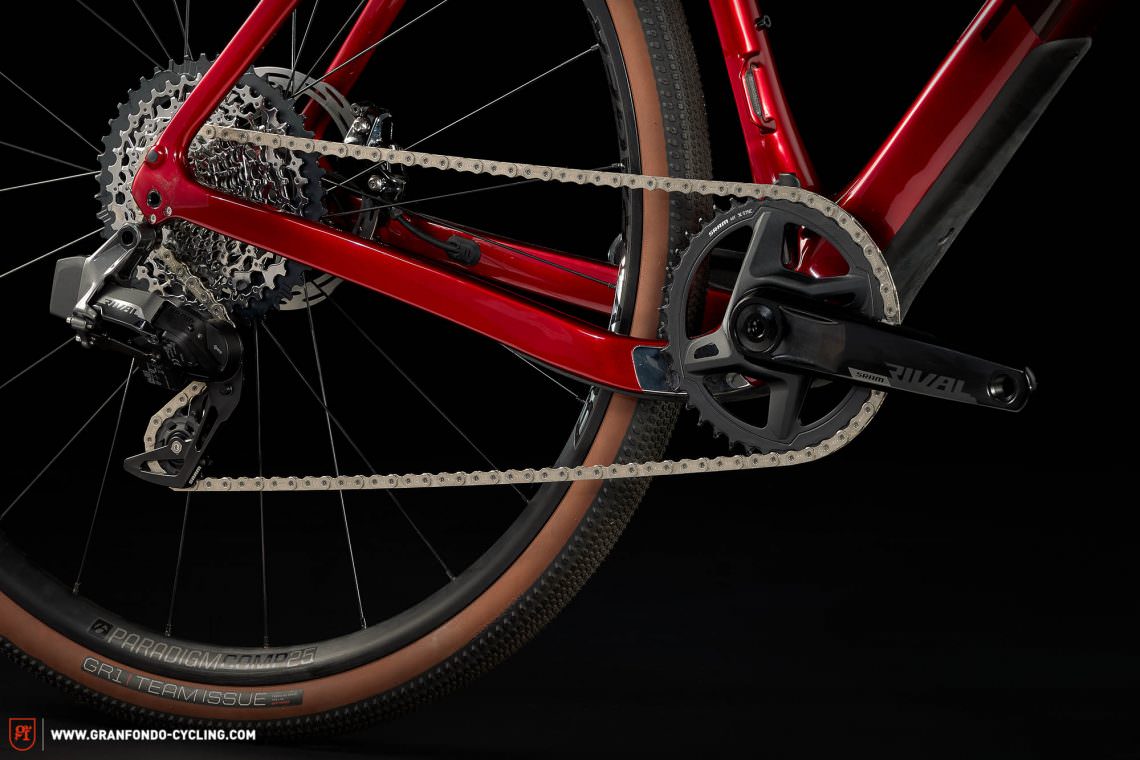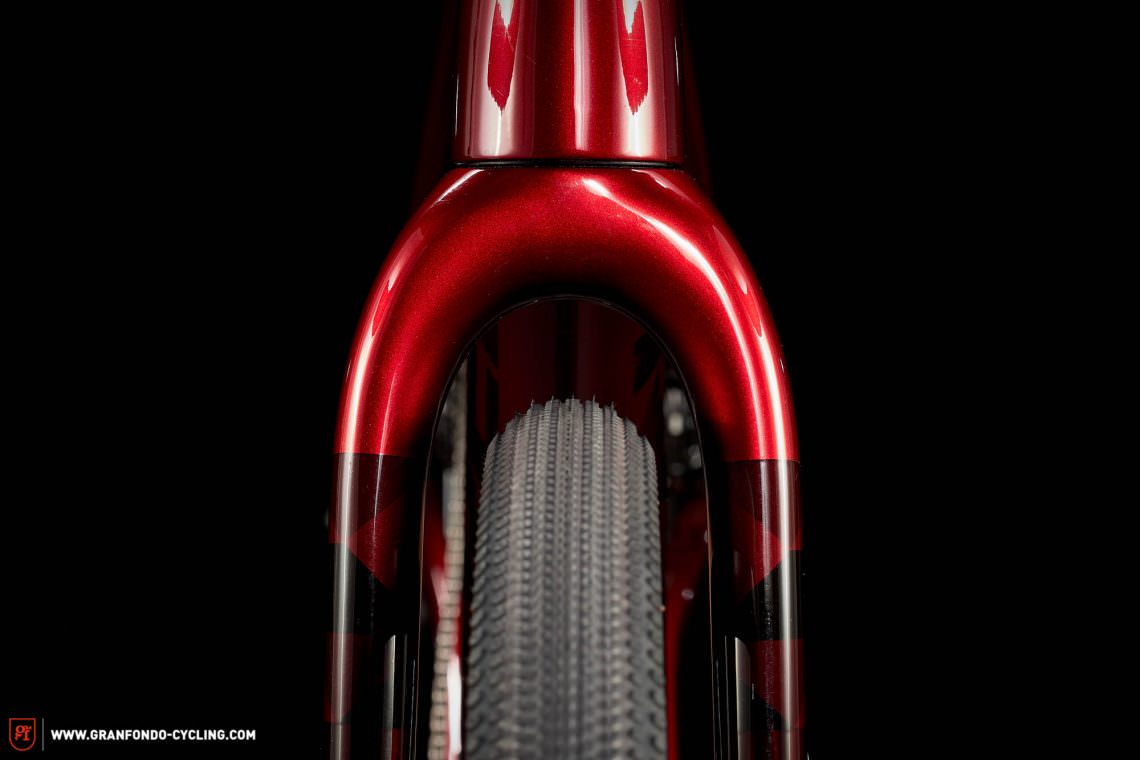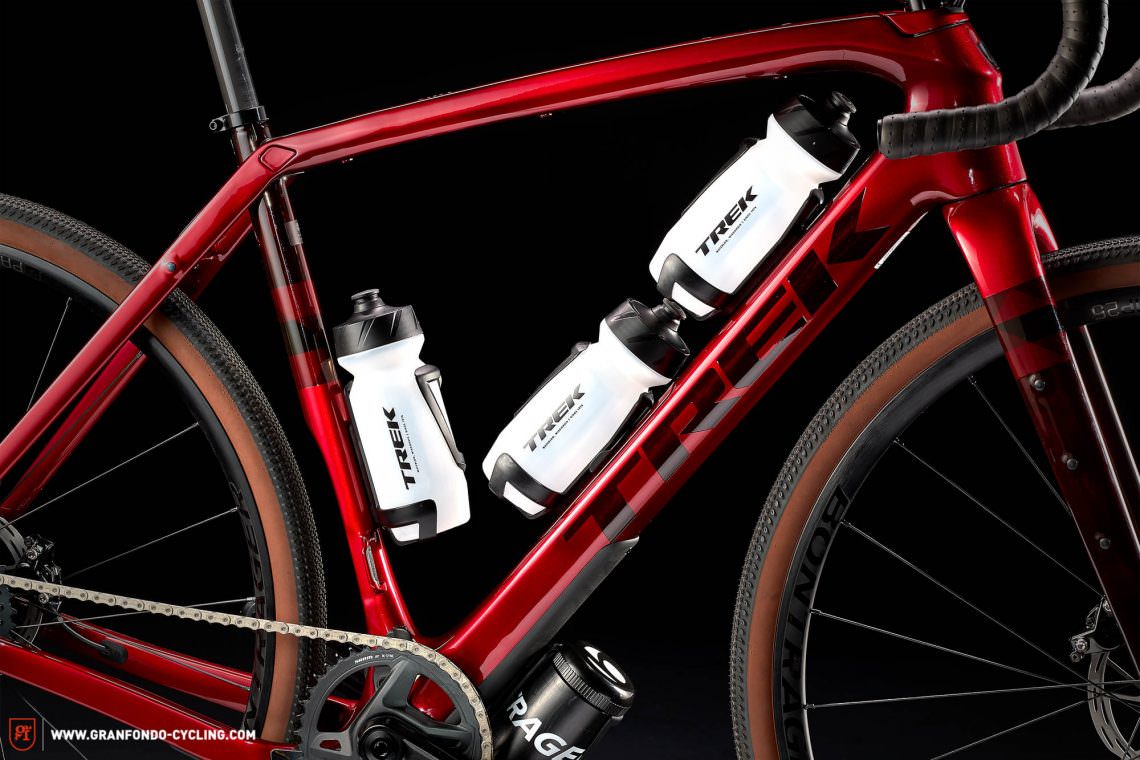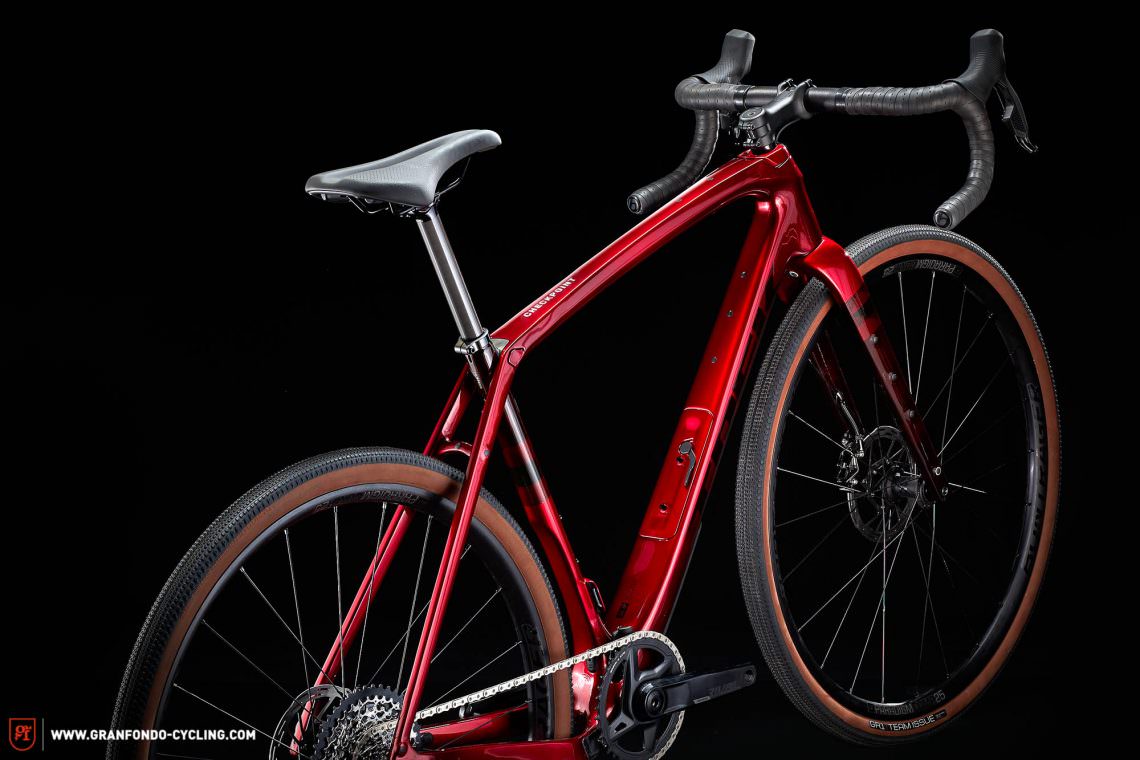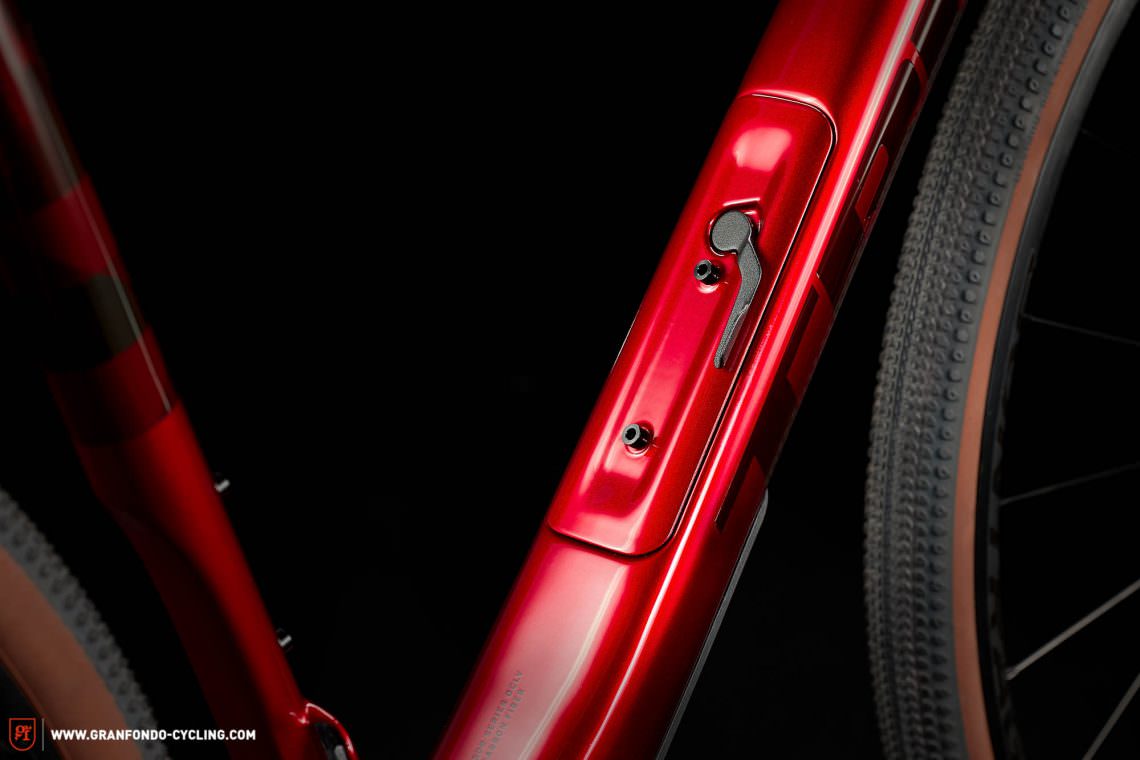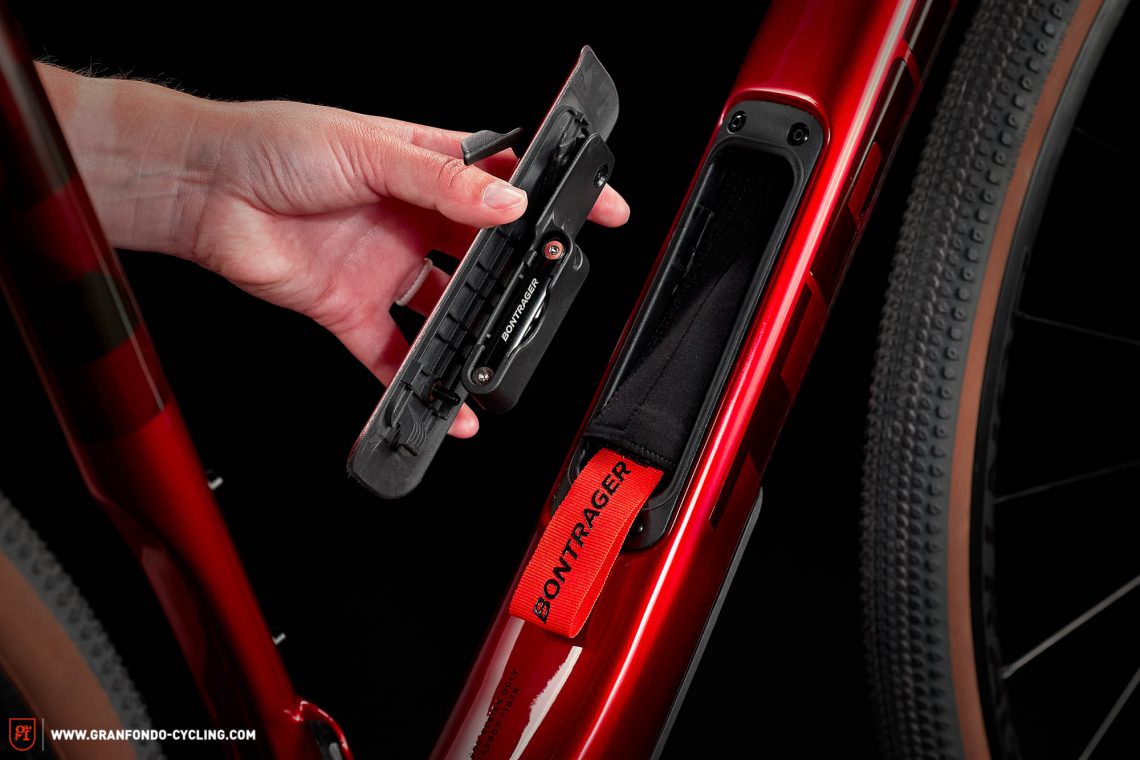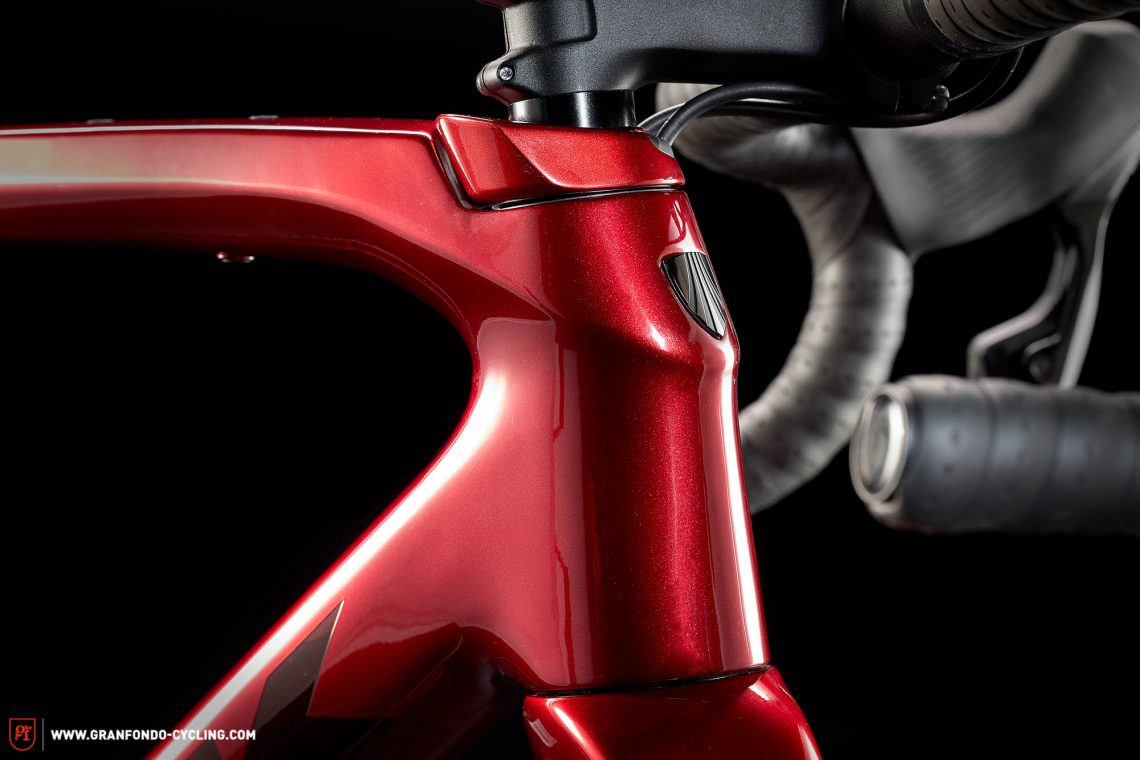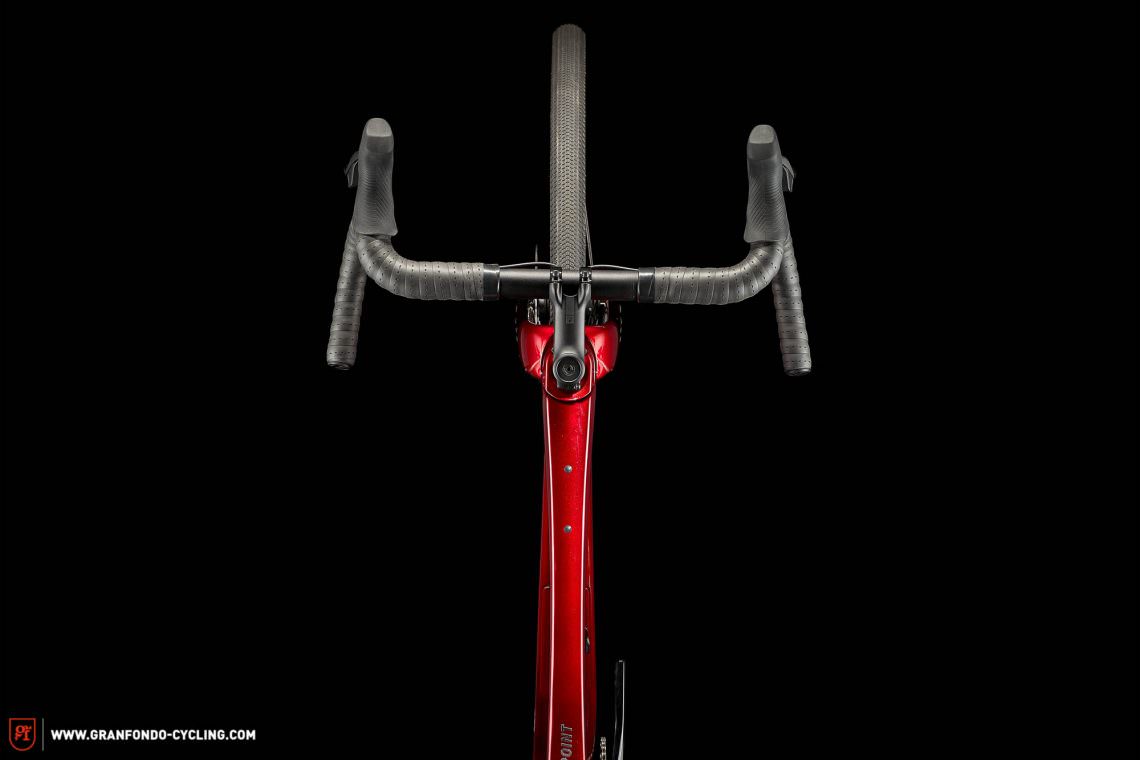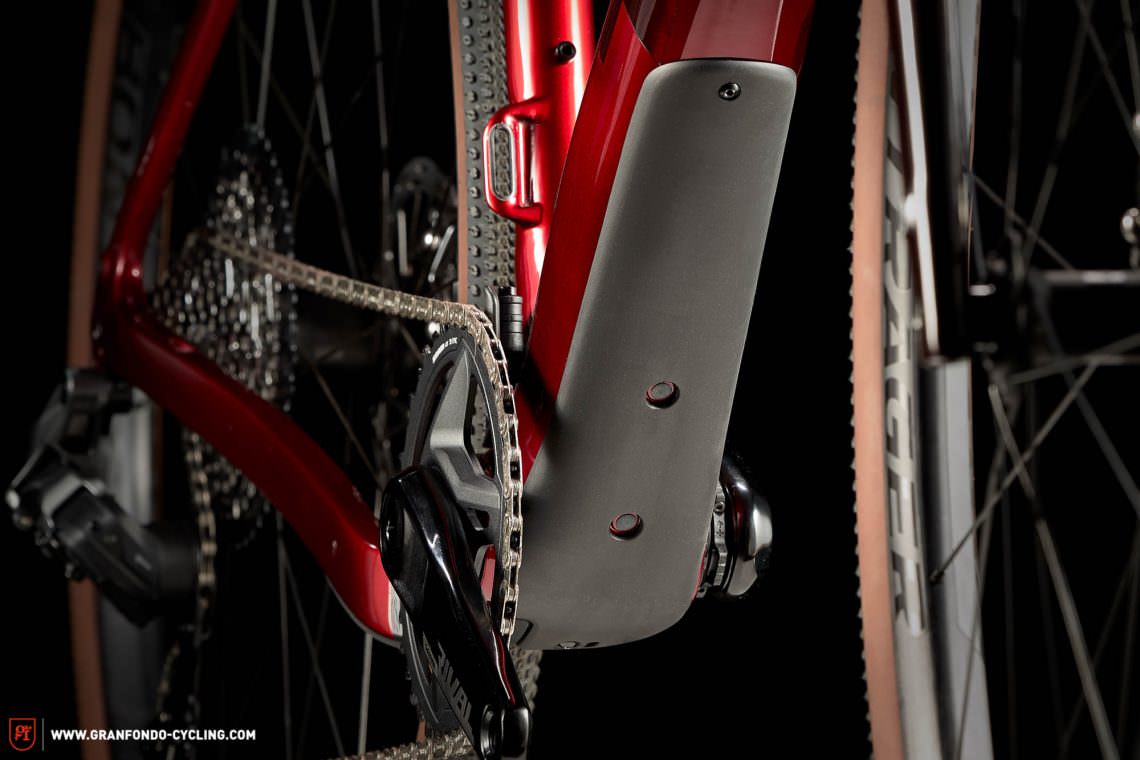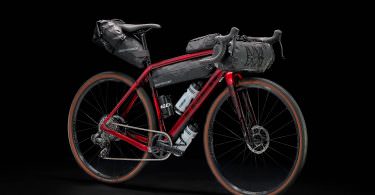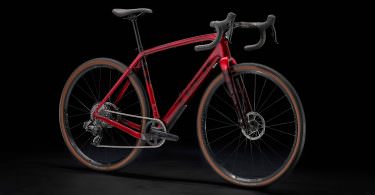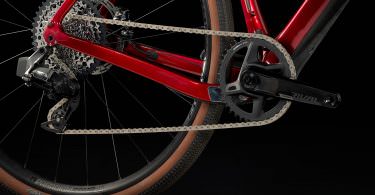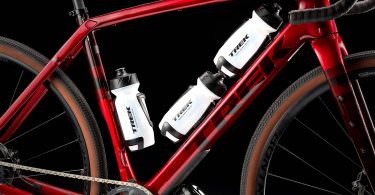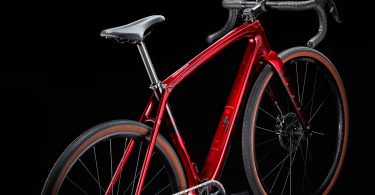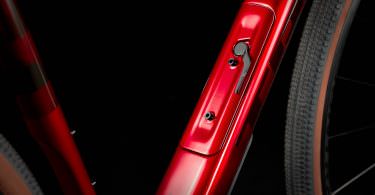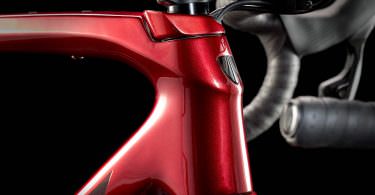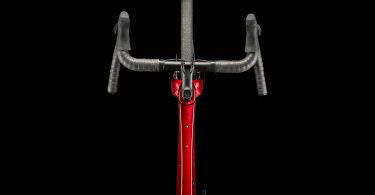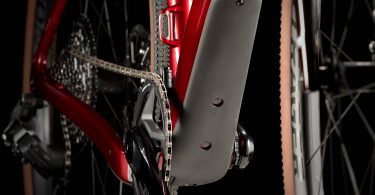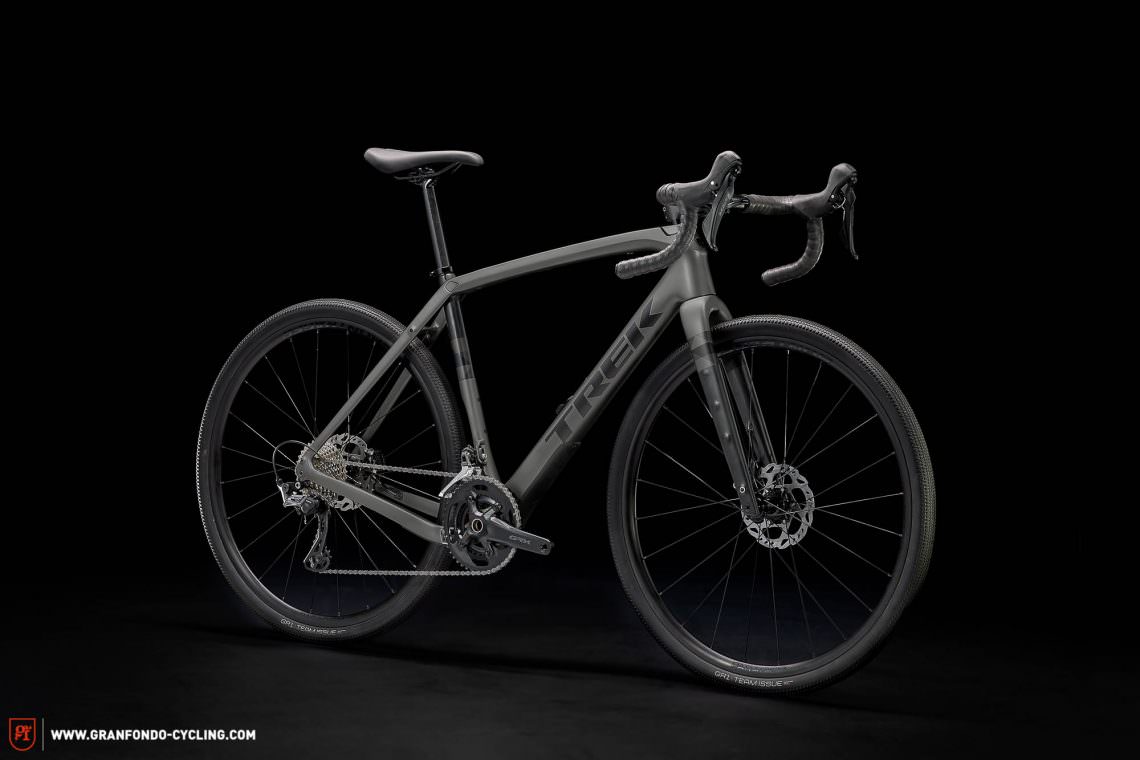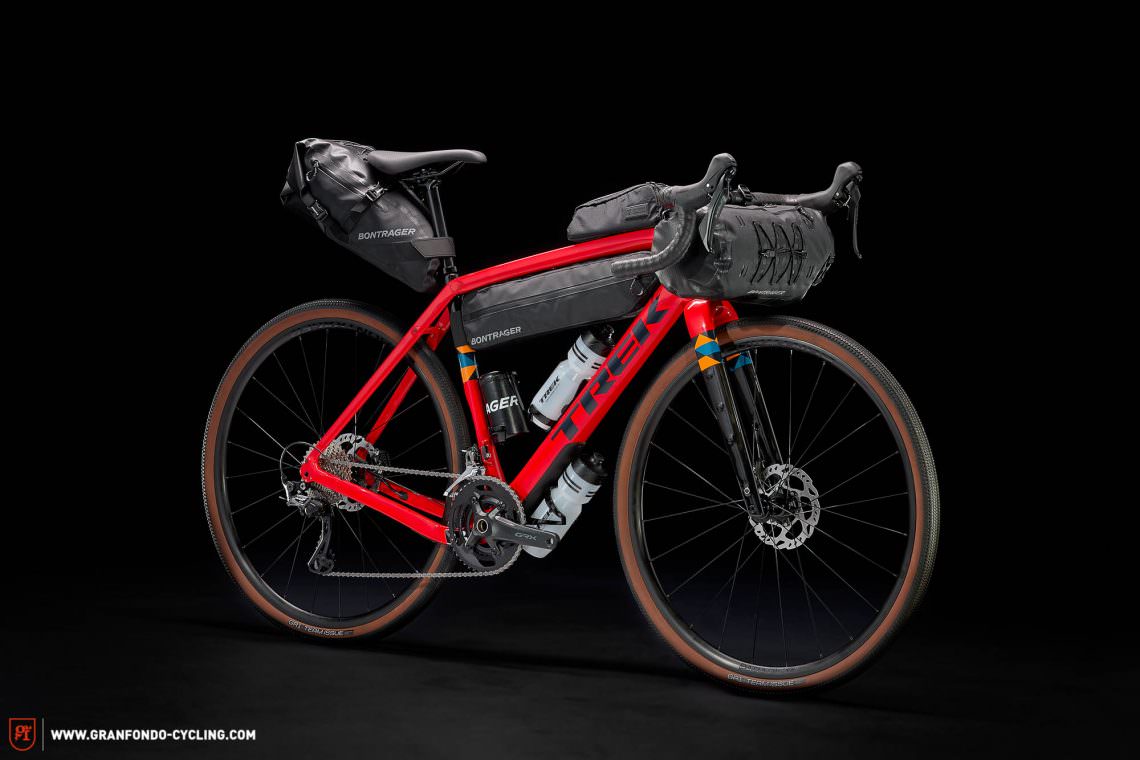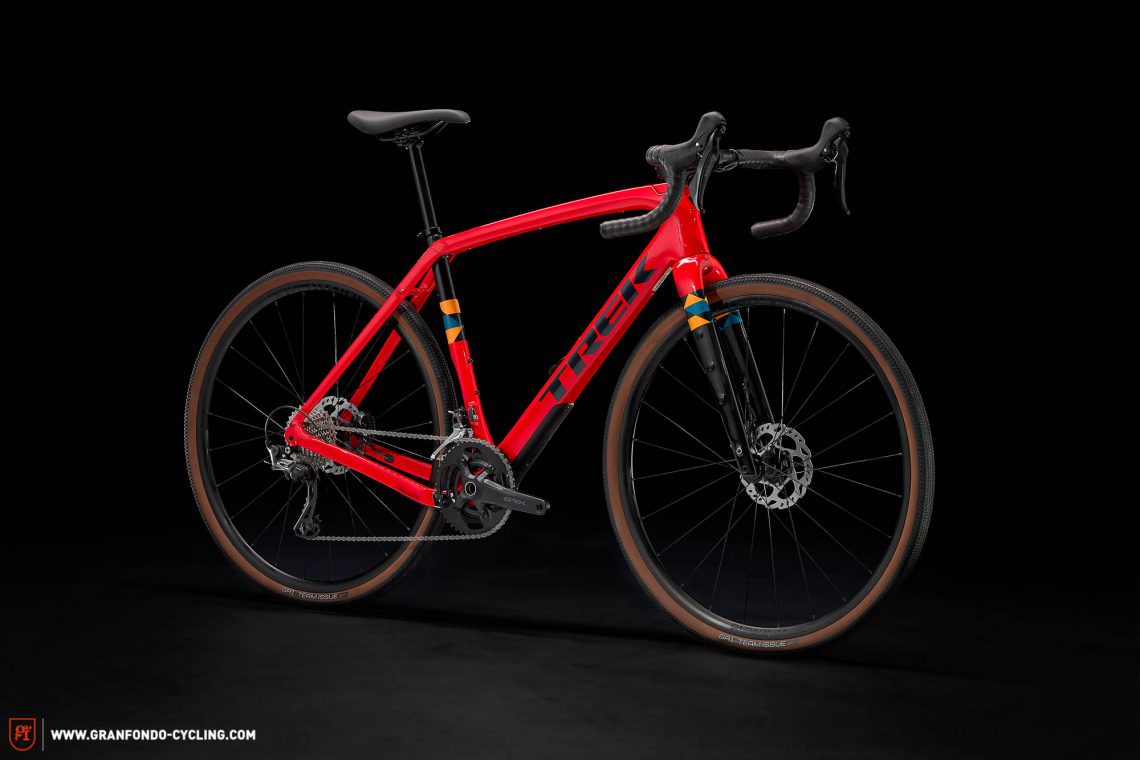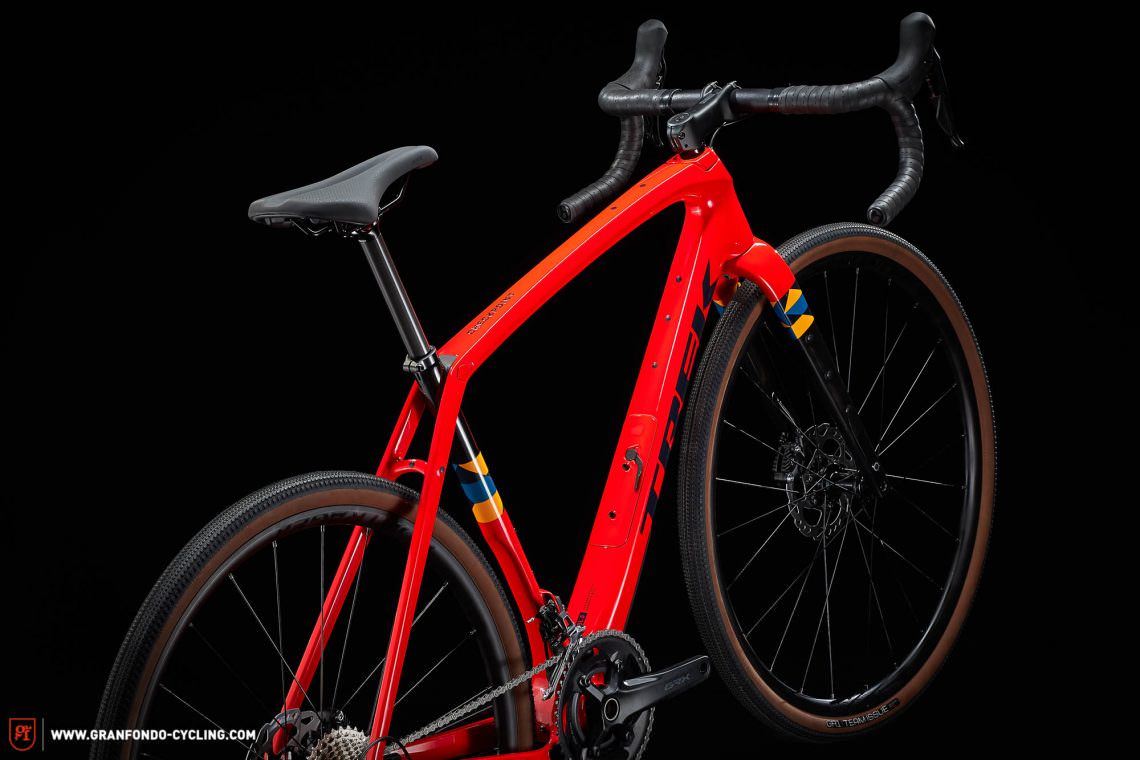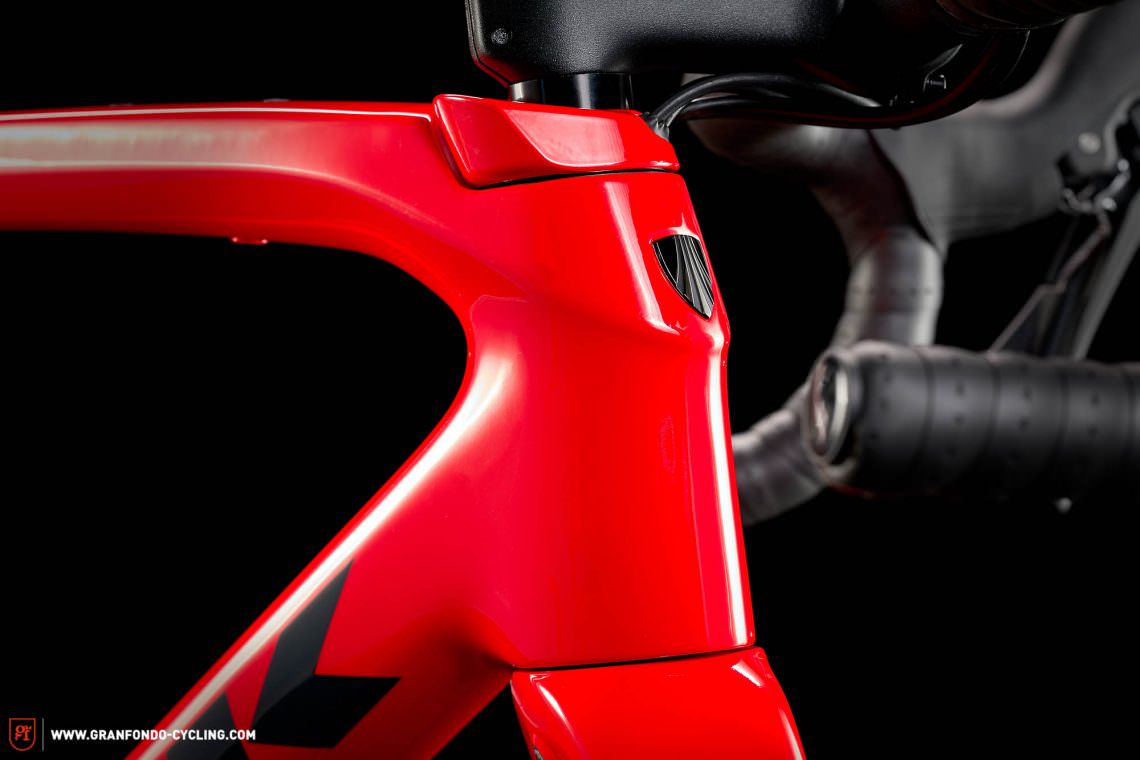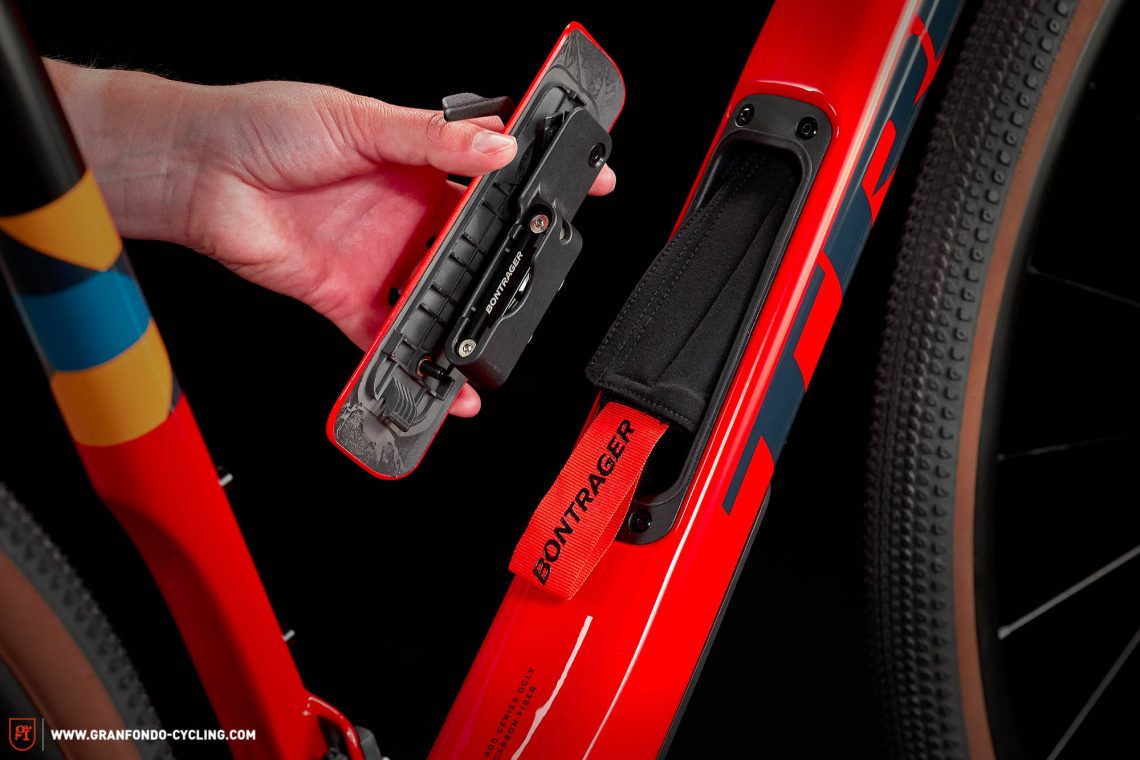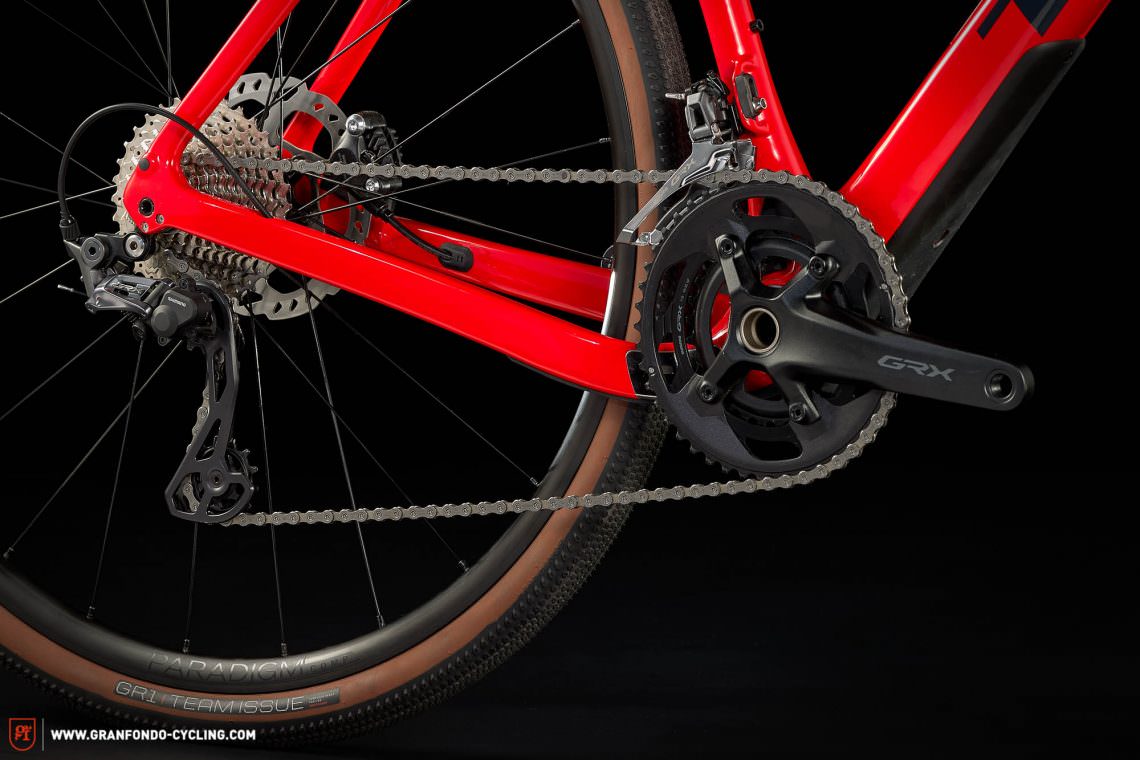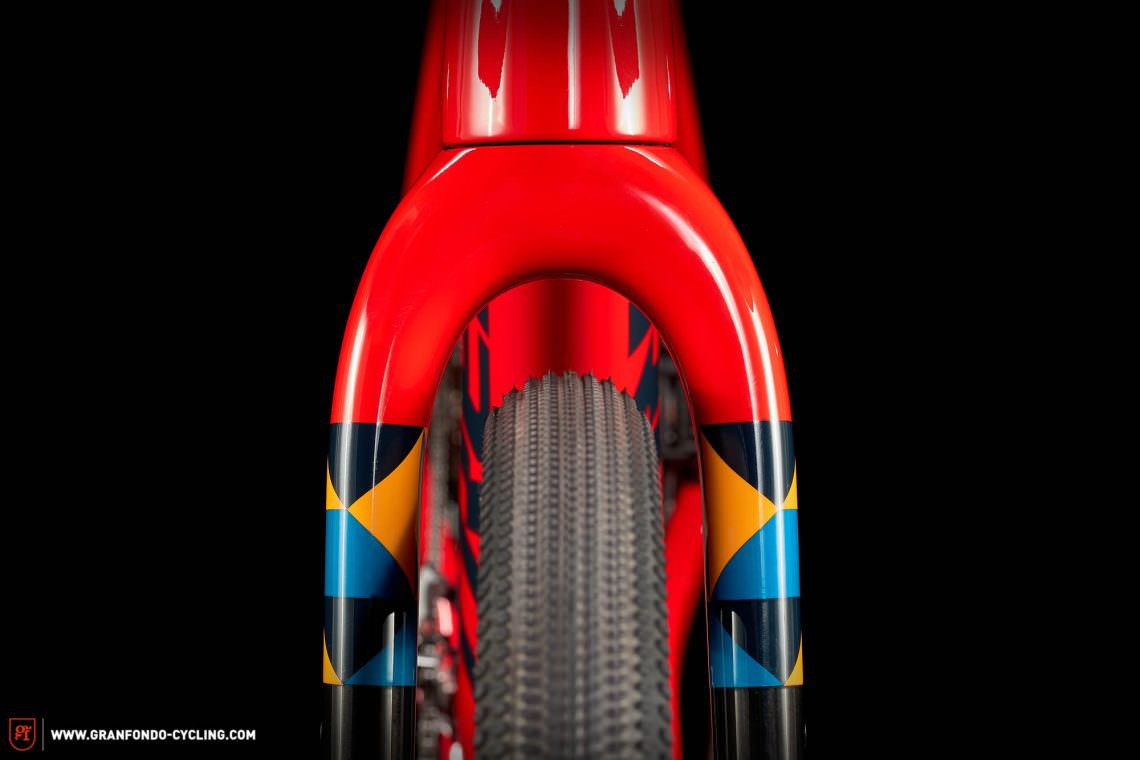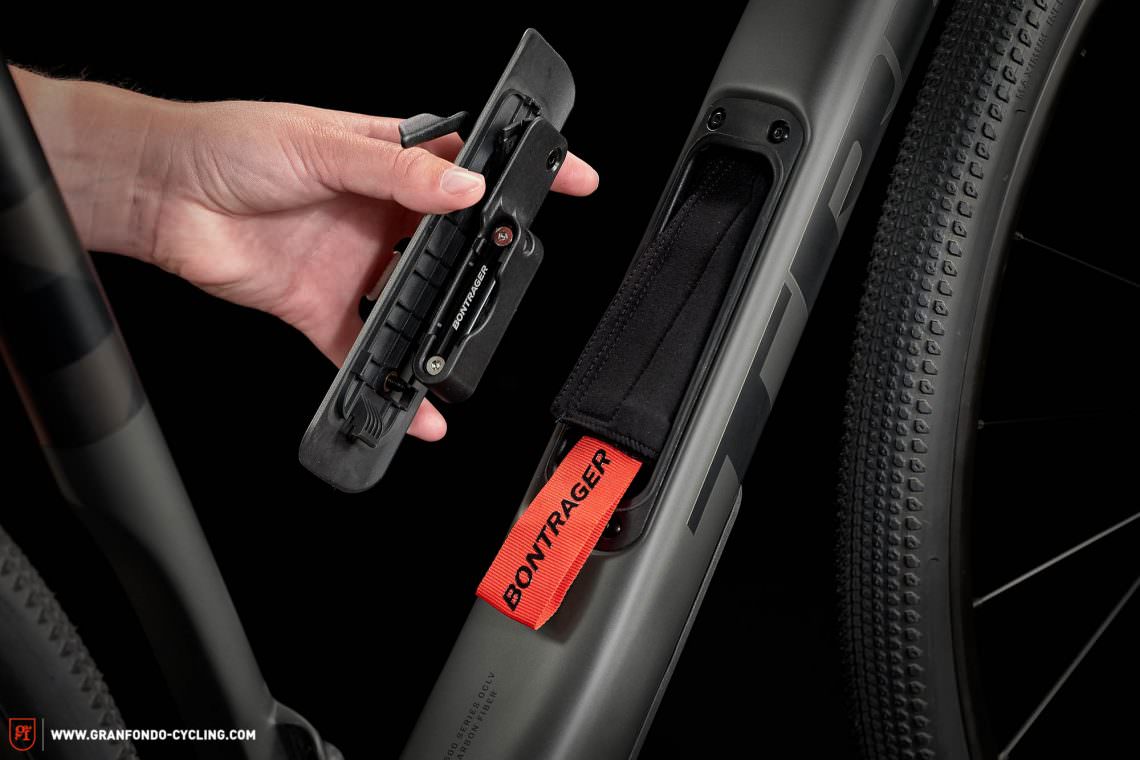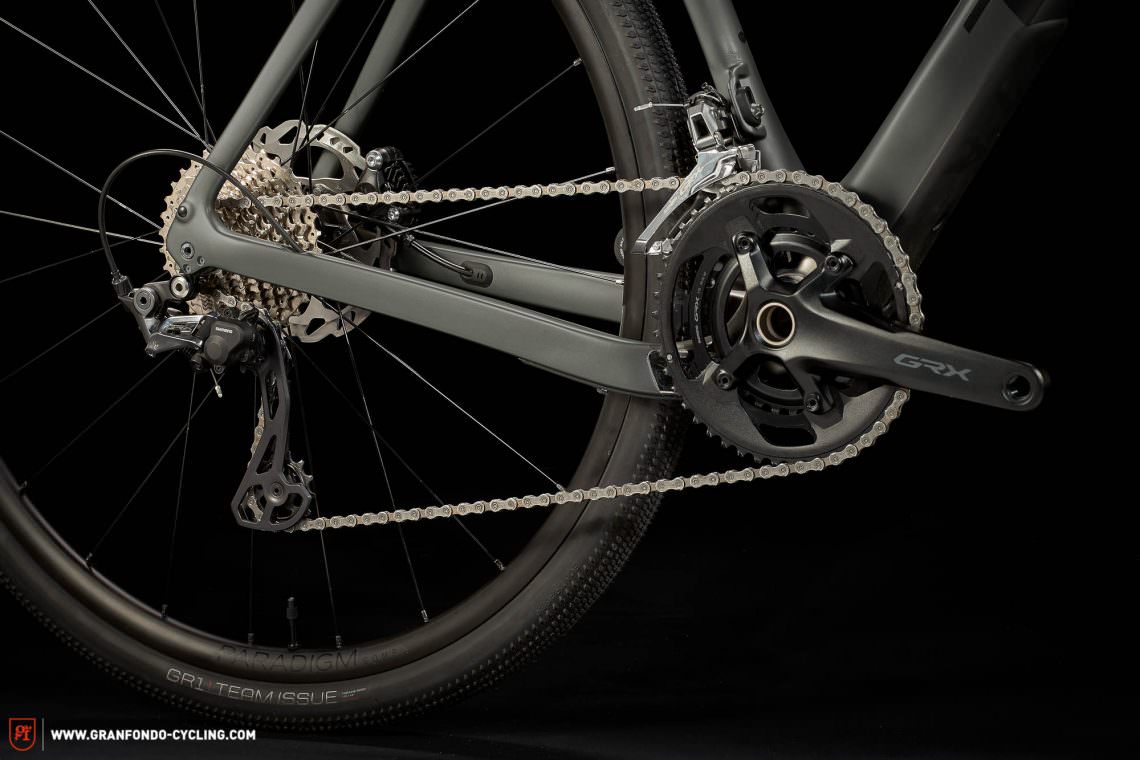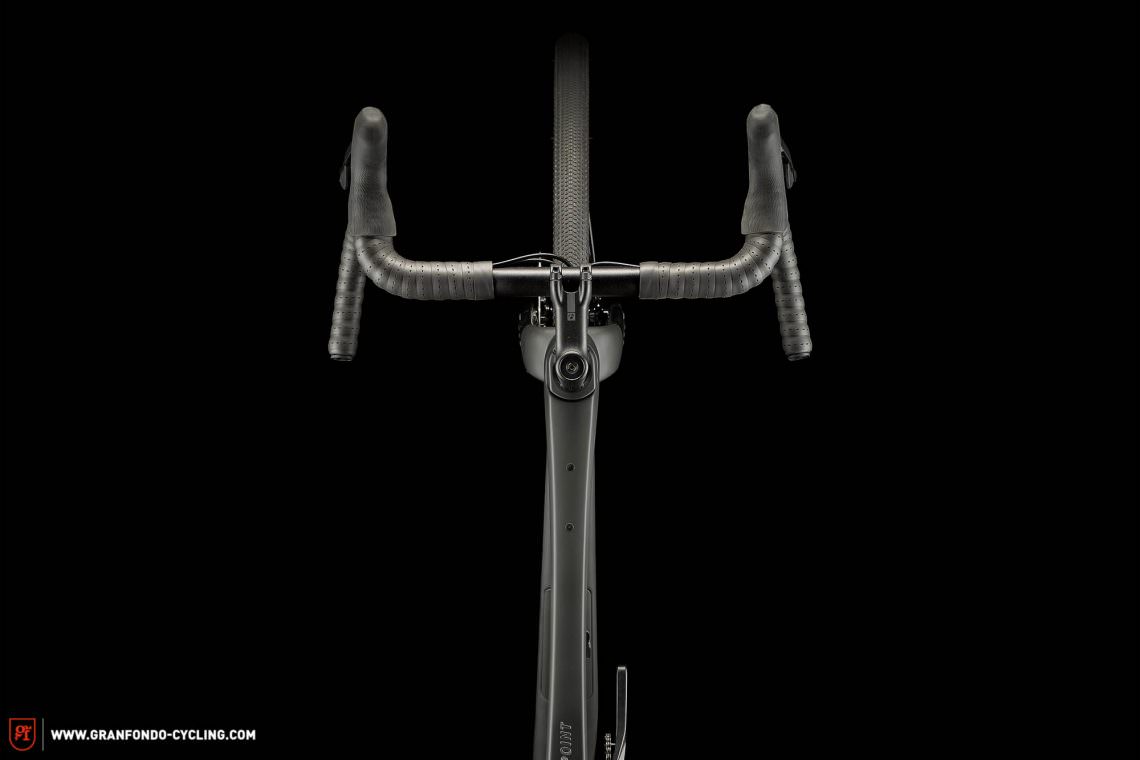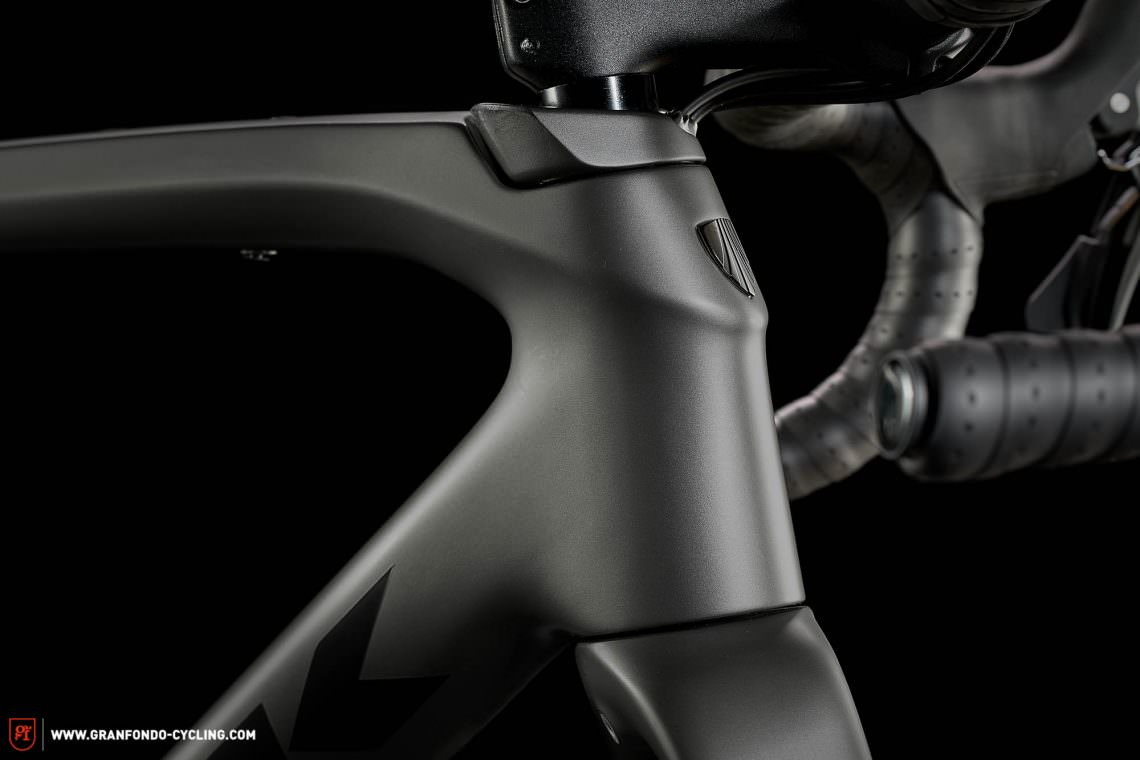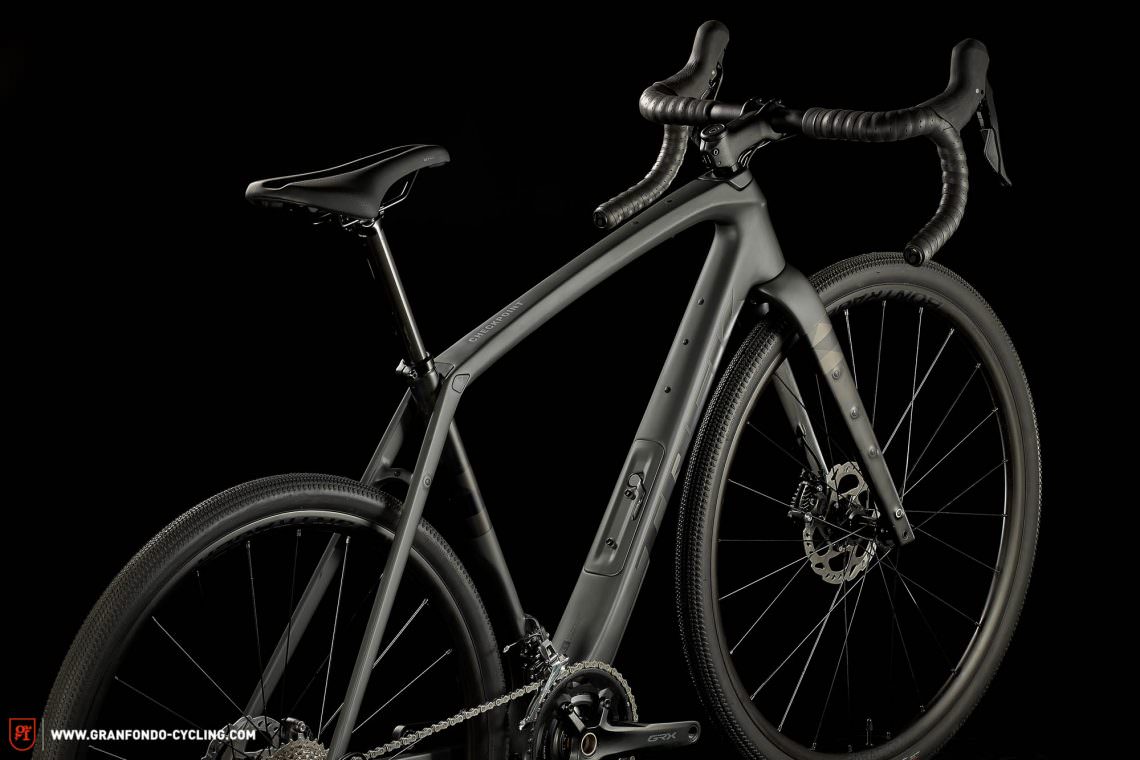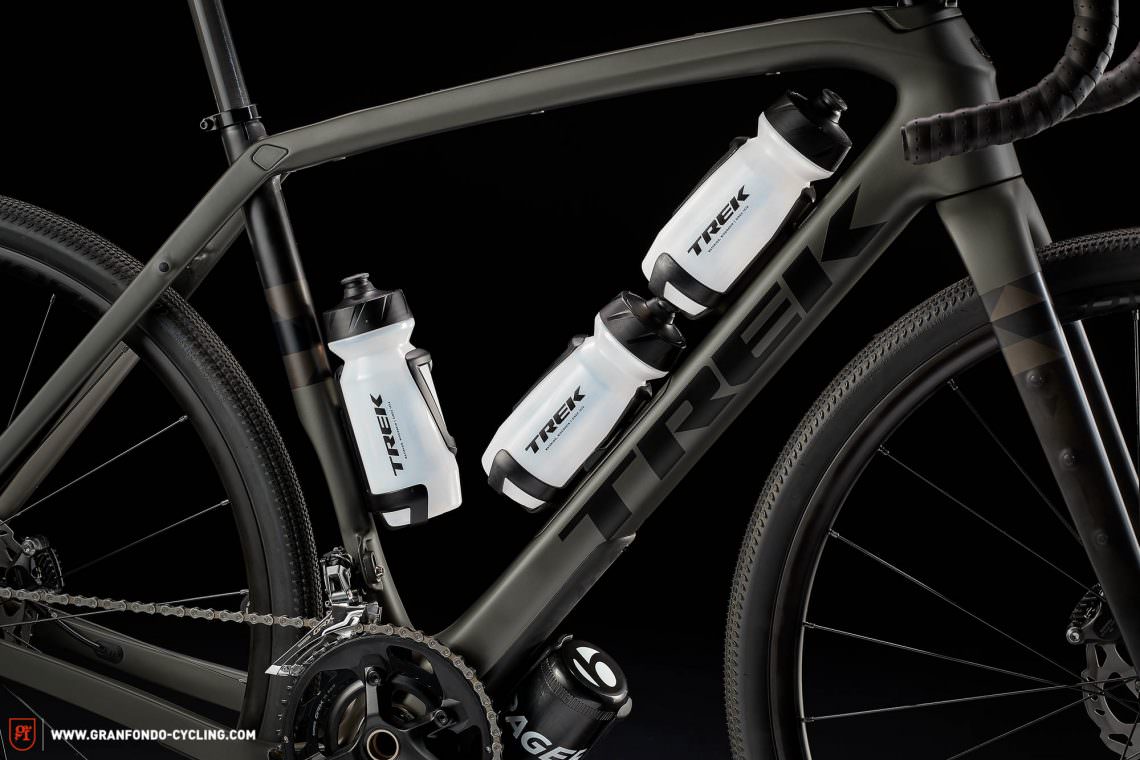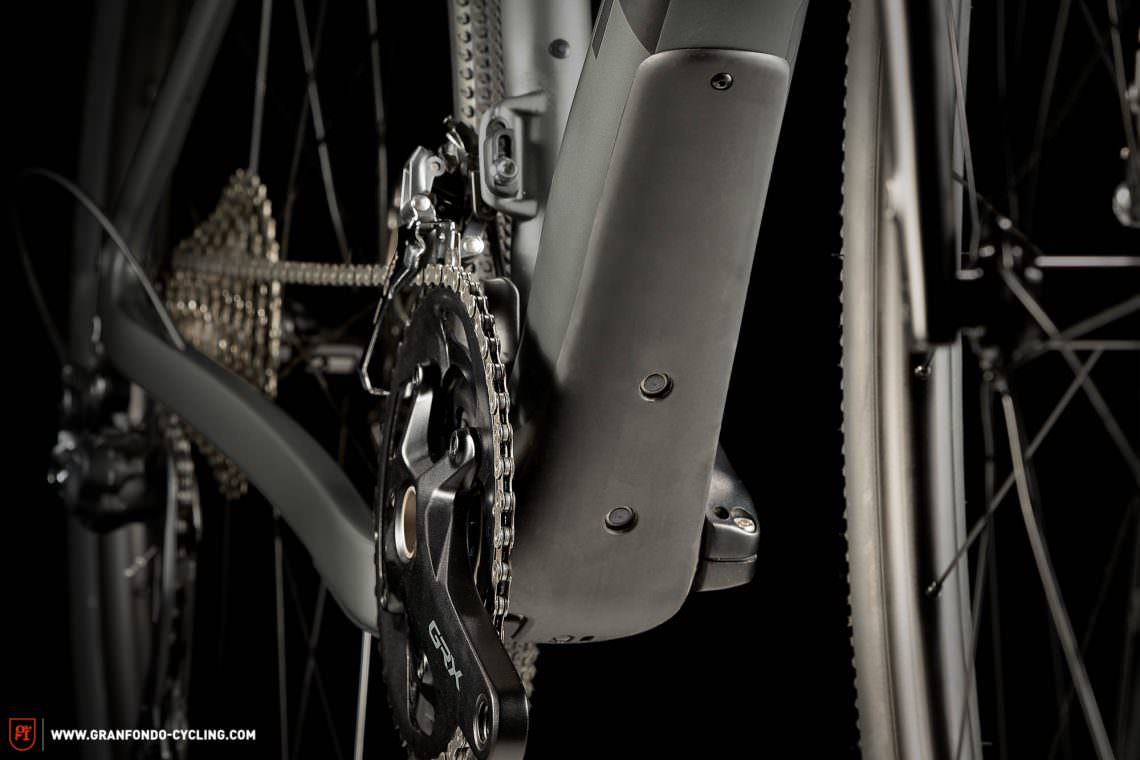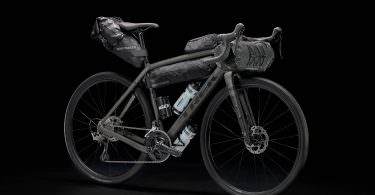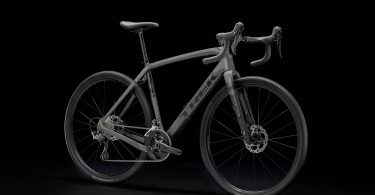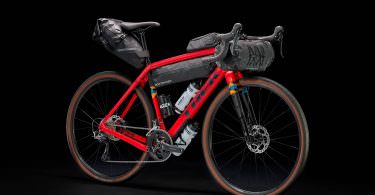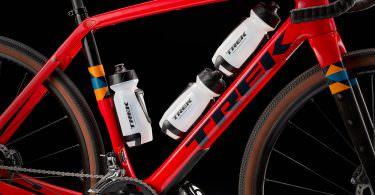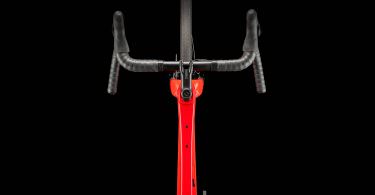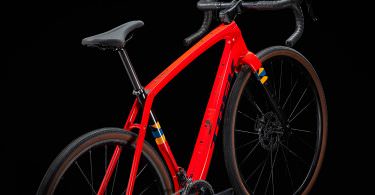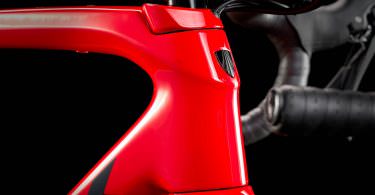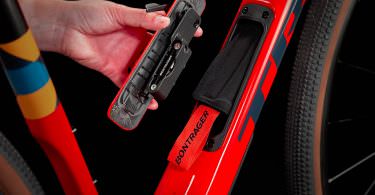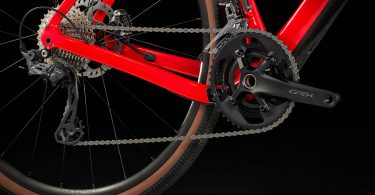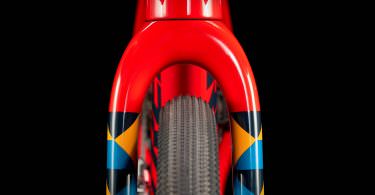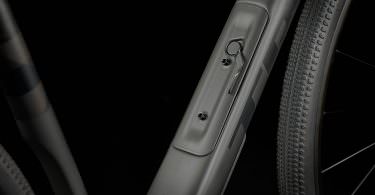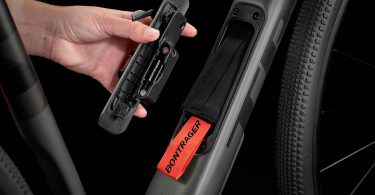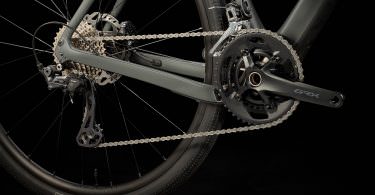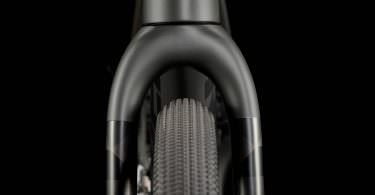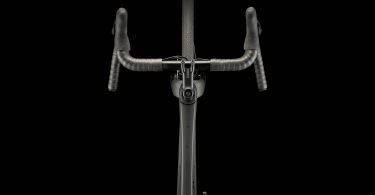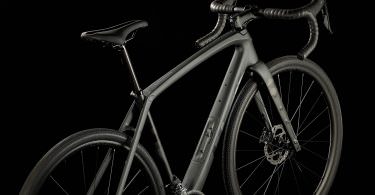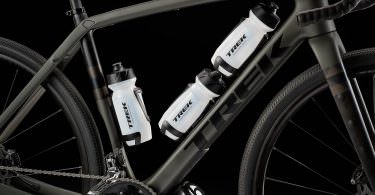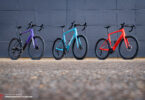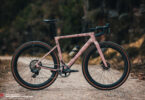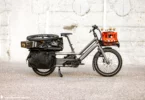Trek have come out all guns blazing in the hotly contested gravel market, now also catering to gravel racers in addition to adventurers, commuters and leisure riders. Thanks to the new performance-oriented Trek Checkpoint SLR models, expanding the range alongside the new SL and ALR variants. Read on for all the details.
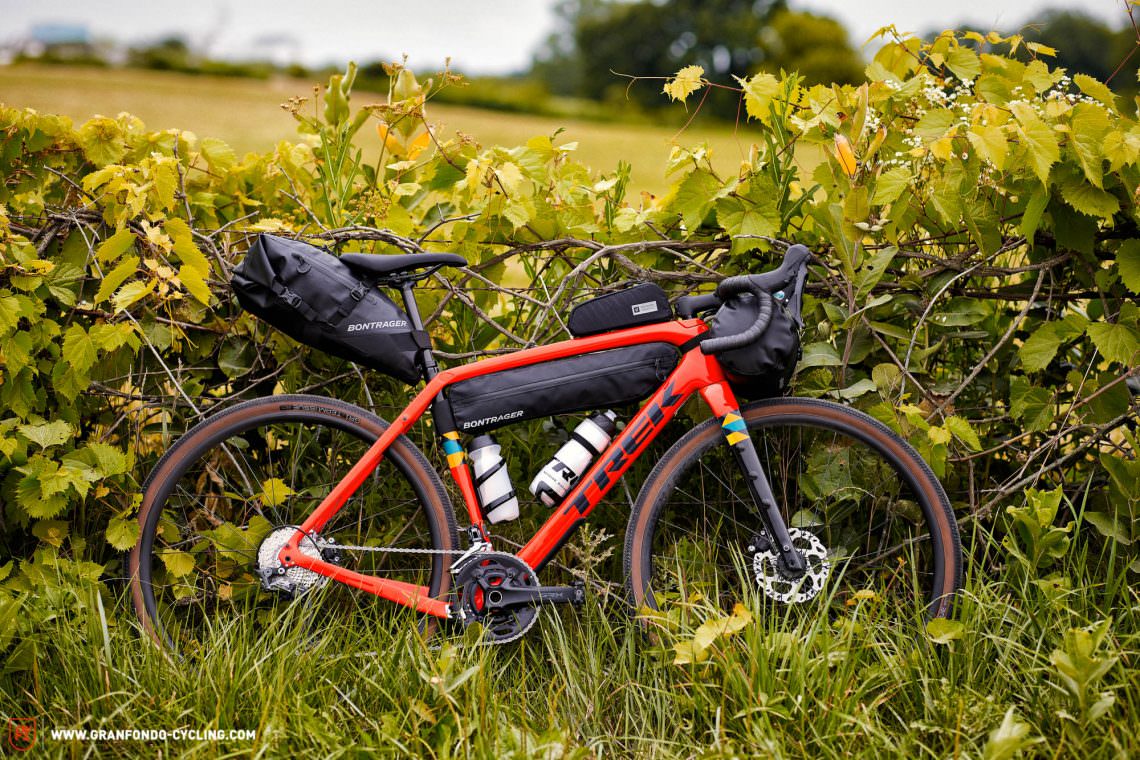
Warning: this article should only be read by people who don’t have trouble deciding. Instead of one new gravel bike, Trek are launching a whole family of new Checkpoint gravel bikes! By reading this, you run the risk of buying not just one but several Checkpoint models. The first generation Checkpoint SL and ALR models have been revised and the new SLR series has been added to the family. The US brand want to offer a suitable bike for every gravel type out there, regardless of whether you’re a die-hard racer, die-hard commuter or fair-weather weekend rider, provided you know which type you are. If you’re not quite sure, then it is high time you check out our interactive buyer’s guide! Don’t worry, this article will still be here when you come back 😉 Below, you’ll find an overview of the various Trek Checkpoint models, listing their similarities and differences.
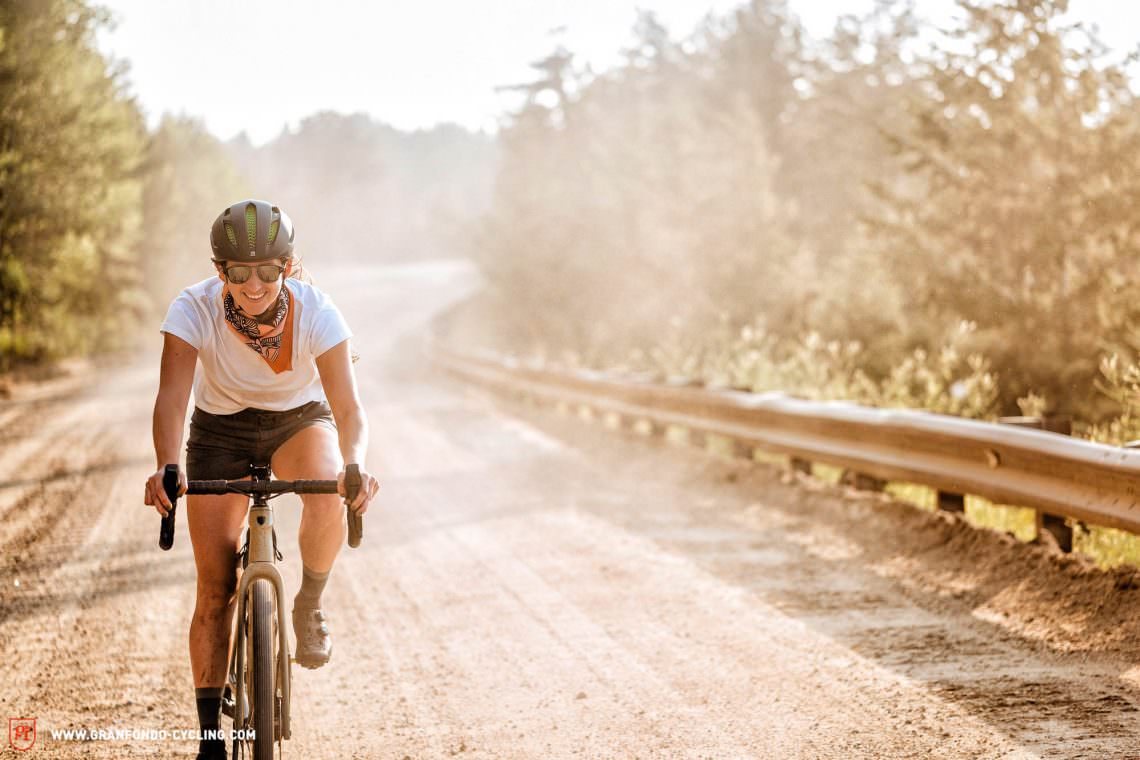
What do the Checkpoint SLR, SL and ALR models have in common?
Even if all three platforms are based on different frames, they do have some things in common. On the one hand, all new Checkpoint bikes can accommodate up to 700 x 45C or 650 x 54B tires, though the frame was designed for 700C wheels and the stock builds clearly focus on this setup. Another thing they have in common is the geometry, which is identical for all models and Trek describe as new and progressive. The bikes are said to benefit from more speed and agility with consistently stable and composed handling on fast, demanding descents. To achieve this, the reach of each frame size has grown by 2 cm, which is a lot. Trek have also lengthened the chainstays for more stability and composure. To not stretch the riding position too much due to the extended front centre, Trek have developed the new GR Elite handlebars, providing a relatively short reach. According to Trek, the riding position on the new Checkpoint thereby remains unchanged. However, our last gravel bike group test found the position a little too aggressive and unsuitable for long rides. If you want to find out more about the predecessor, you can go straight to the review here.
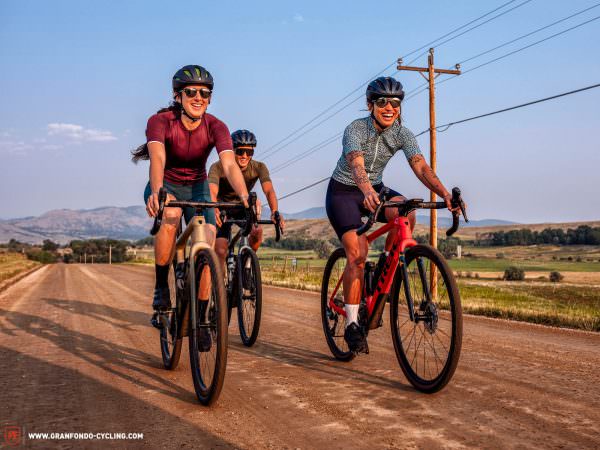
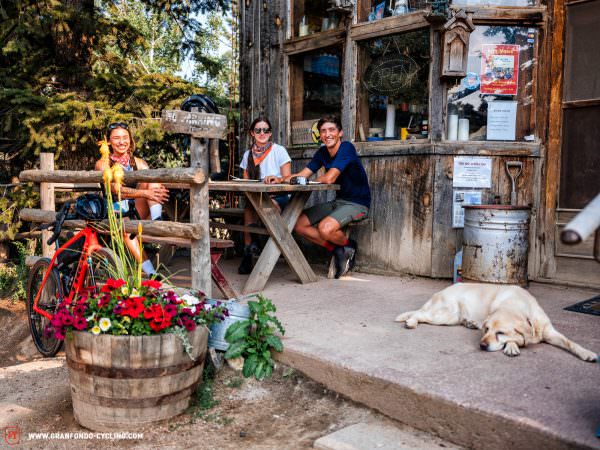

| Size | 49 | 52 | 54 | 56 | 58 | 61 |
|---|---|---|---|---|---|---|
| Head angle | 71.2° | 71.6° | 71.8° | 72.2° | 72.3° | 72.6° |
| Seat angle | 74.1° | 73.7° | 73.2° | 72.8° | 72.5° | 72.1° |
| Chainstays | 435 mm | 435 mm | 435 mm | 435 mm | 435 mm | 435 mm |
| BB Drop | 78 mm | 78 mm | 76 mm | 76 mm | 74 mm | 74 mm |
| Wheelbase | 1,025 mm | 1,033 mm | 1,041 mm | 1,048 mm | 1,058 mm | 1,070 mm |
| Reach | 393 mm | 399 mm | 403 mm | 407 mm | 411 mm | 417 mm |
| Stack | 538 mm | 553 mm | 571 mm | 592 mm | 609 mm | 636 mm |
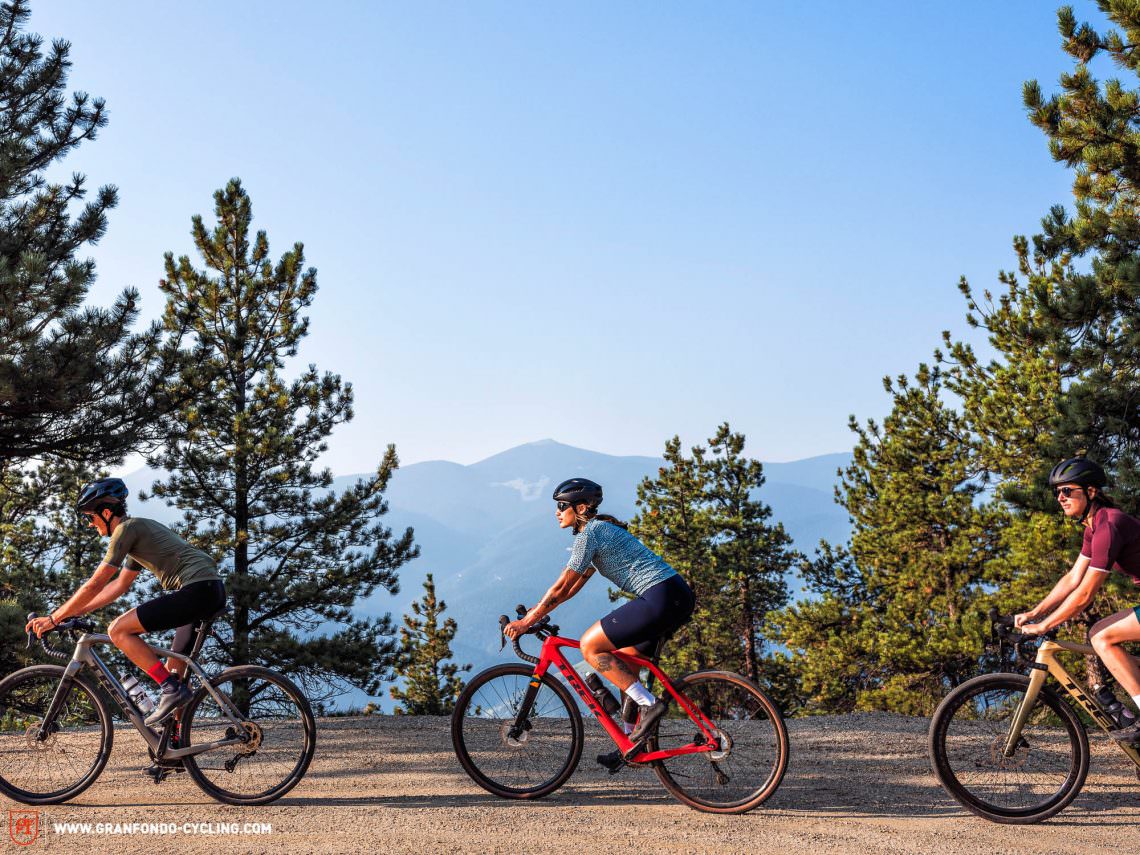
Speaking of the predecessor, the horizontal dropouts from the last Checkpoint generation are a thing of the past since the option to adjust the chainstay length hardly got used. As such, the new frame is less complex and more cost-effective to produce. Another thing all models have in common is the absence of the IsoSpeed system up front, whereas the SL and SLR models come equipped with IsoSpeed damping at the rear. Trek say the system makes little sense at the front since the voluminous tires offer sufficient damping and riders hardly register the IsoSpeed system there, not to mention the higher cost of production. Compared to their predecessors, Trek rely on threaded T47 bottom brackets for the new Checkpoint models – and, in future, probably all Trek bikes. Excellent! After the release of the new RockShox Rudy fork (review here) or the new BMC URS LT ONE with the MTT suspension fork (review here), you may be asking whether the new Trek Checkpoint bikes are compatible with suspension forks? Unfortunately, we’ll have to be patient for a little while longer as Trek are currently still in the process of publishing a list of approved gravel suspension forks. Speaking of which, you will find a clear list of all the specs after we’ve taken a closer look at the three model ranges in the family.
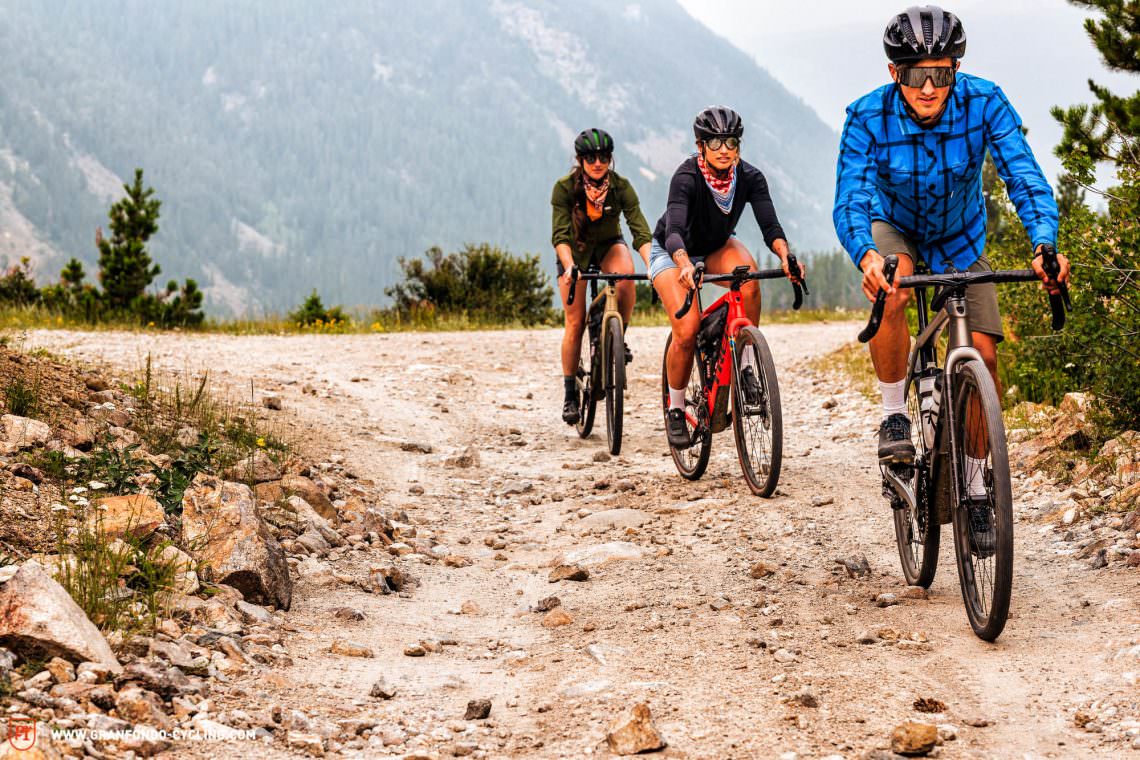
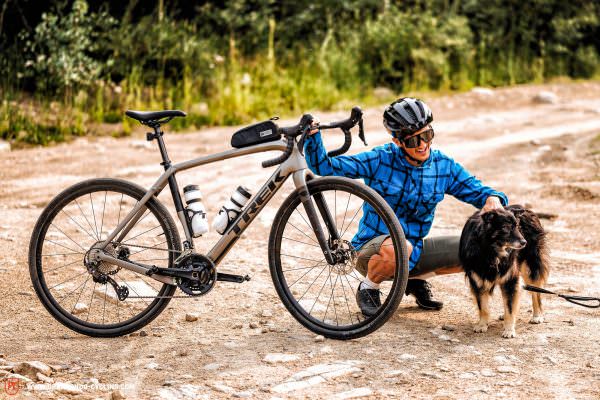
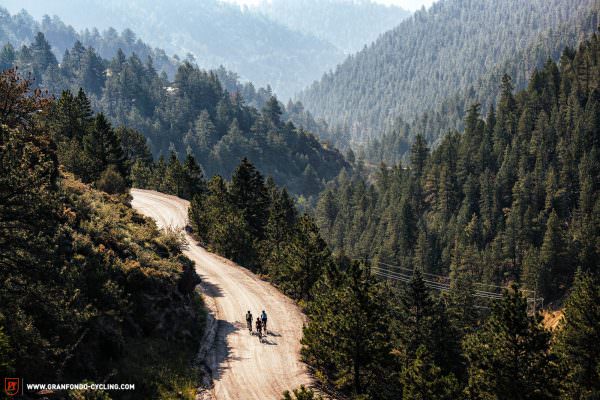
The new Trek Checkpoint SLR models in detail
The new SLR bikes only have one thing in mind: gravel races. With tube profiles inspired by the Trek Émonda (review here), the new Checkpoint SLR is just waiting to get to the starting line. For the frame material, Trek have chosen to rely on their so-called 700 OCLV carbon lay-up, which they’re using on a gravel bike for the first time, keeping weight to a minimum. In addition to a storage compartment for tools in the down tube, the frame also features a new development of the well-known IsoSpeed system. Compared to the SL model, which we previously criticised for its lack of damping, the SLR uses the IsoSpeed design of the Trek Madone (review here), but it isn’t adjustable on the Checkpoint SLR. According to Trek, only very few riders use this function and removing it allowed them to simplify the system and minimise additional weight.
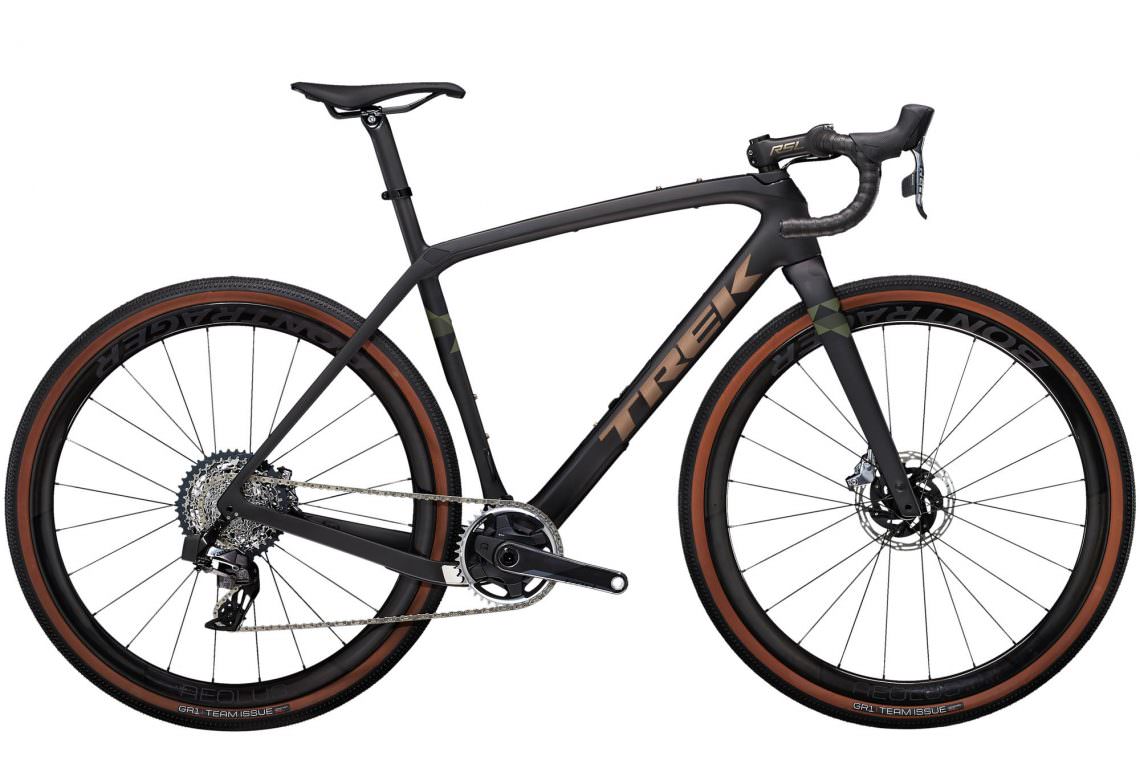
Instead of a standard seat post, the Checkpoint SLR relies on a seat mast cap, which, like the Checkpoint SL of the last generation, has both advantages and disadvantages. Fans of customisation will be happy to hear that the Checkpoint SLR is the first gravel bike in the US brand’s portfolio available in the coveted Project One version. In addition to different colours, the customer can also choose from various themes, 1x and 2x drivetrains, specify the length and width of the stem and handlebar, and configure other components according to their preferences for a fully customised Checkpoint SLR. Compared to the SL and ALR, the gravel racing focused SLR comes with fewer mounting points, dispensing with the option of mounting a luggage rack on the rear or cargo cages on the fork legs. The new SLR is available in four different builds, costing between € 6,999 and € 11,999.
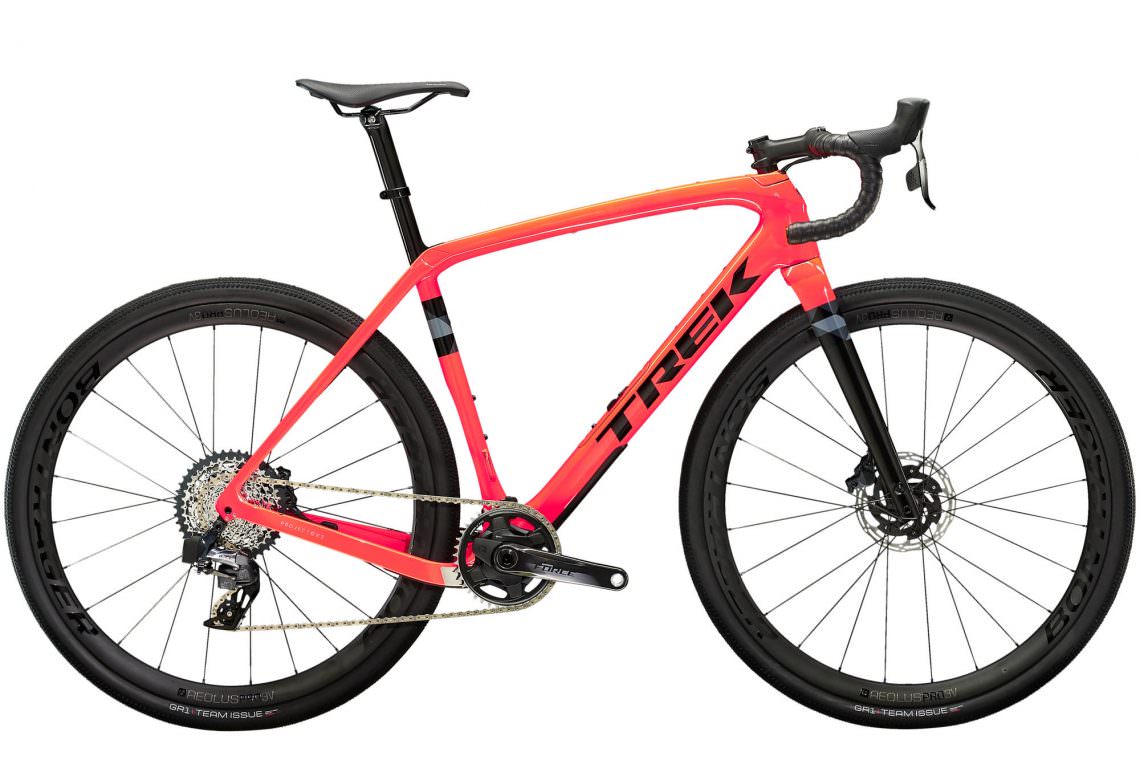
The new Trek Checkpoint SL models in detail
Trek are promoting the new Checkpoint SL as an adventure gravel bike. Like its predecessor, the SL relies on an IsoSpeed decoupler on the seat tube and is made from 500 Series OCLV carbon. In addition to adding a tool compartment, they’ve done away with the seat mast cap. Instead, Trek rely on a classic 27.2 mm seat post for Checkpoint SL. Above all, this has the advantage that anyone who wants to let rip on singletrack now has the option of retrofitting a dropper post. Compared to the SLR, the Checkpoint SL is equipped with additional bosses for water bottles or cargo cages on the fork legs and a luggage rack on the rear. The new Checkpoint SL is offered in three versions or as a frame set, ranging in price from € 3,499 to 5,999 €.
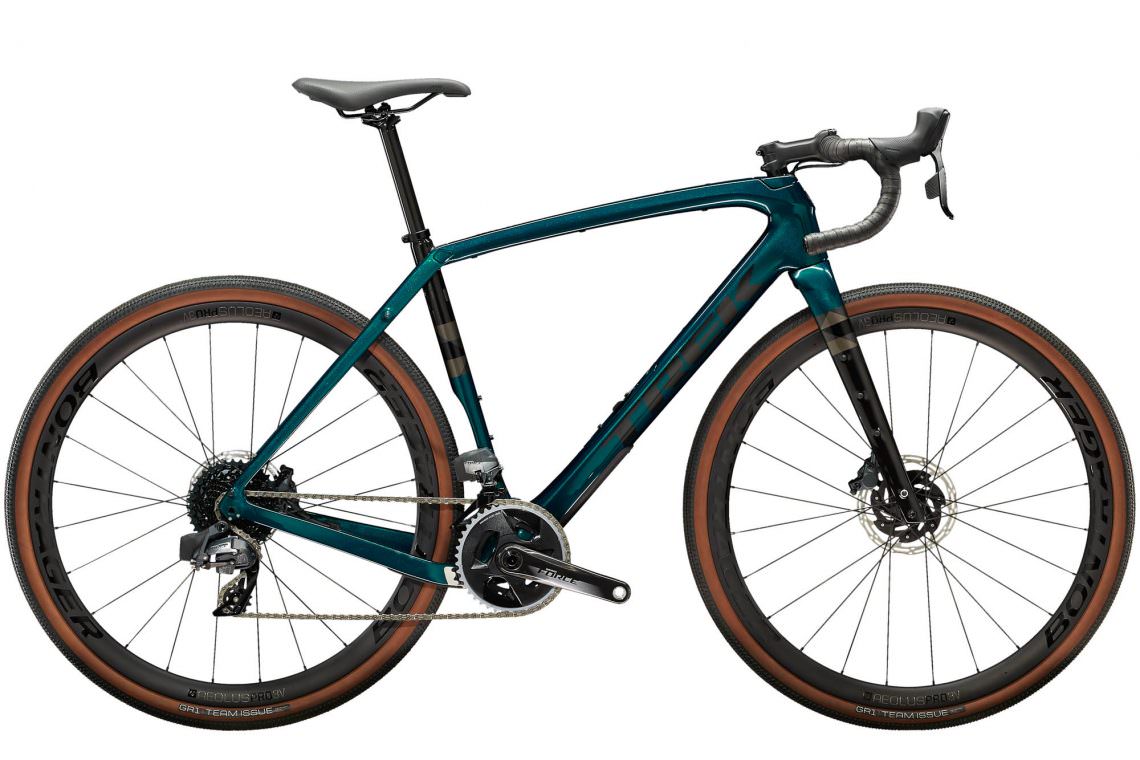

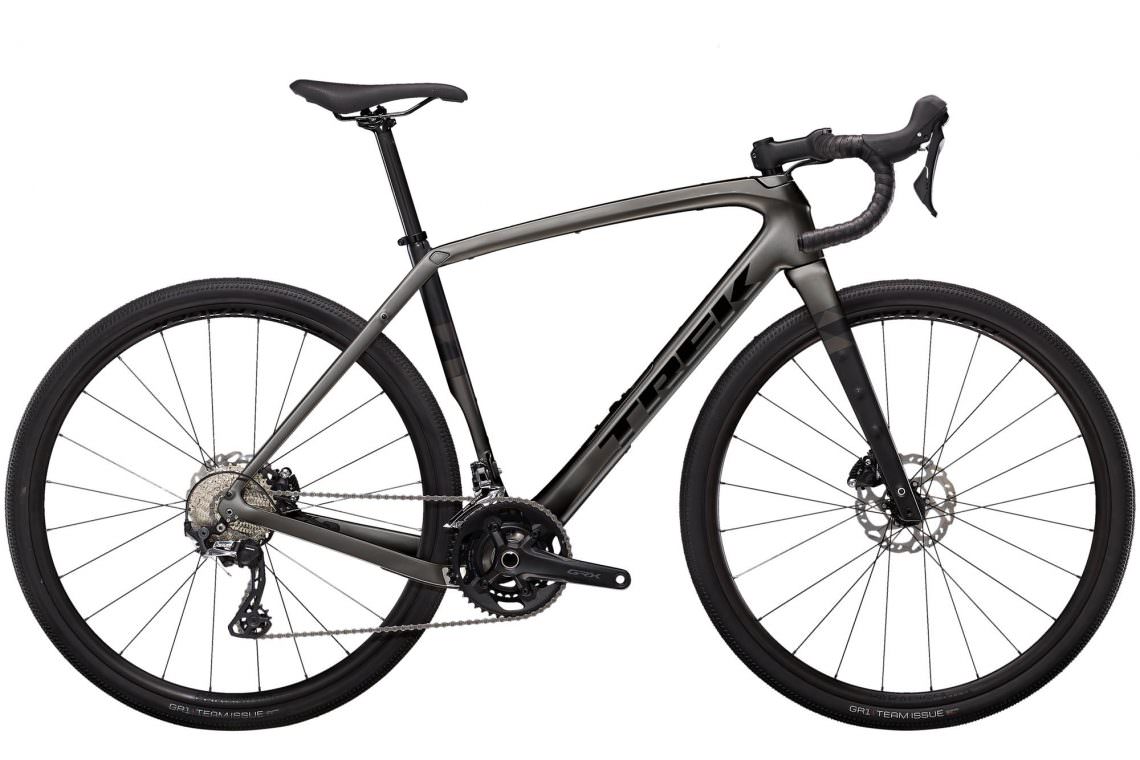
The new Trek Checkpoint ALR model in detail
The all-rounder in the Checkpoint family, the ALR model, comes with a 300 series Alpha aluminium frame, which promises to be particularly robust. With numerous mounting points for mudguards, bags, bottle cages and front and rear luggage racks, the Checkpoint ALR should be ready to take on whatever you want. The spectrum ranges from adventure touring and daily commuting to the occasional gravel race. Sound impossible? Not if you ask the Trek Checkpoint ALR, which is available in just one version for € 2,399 or as a frame set.
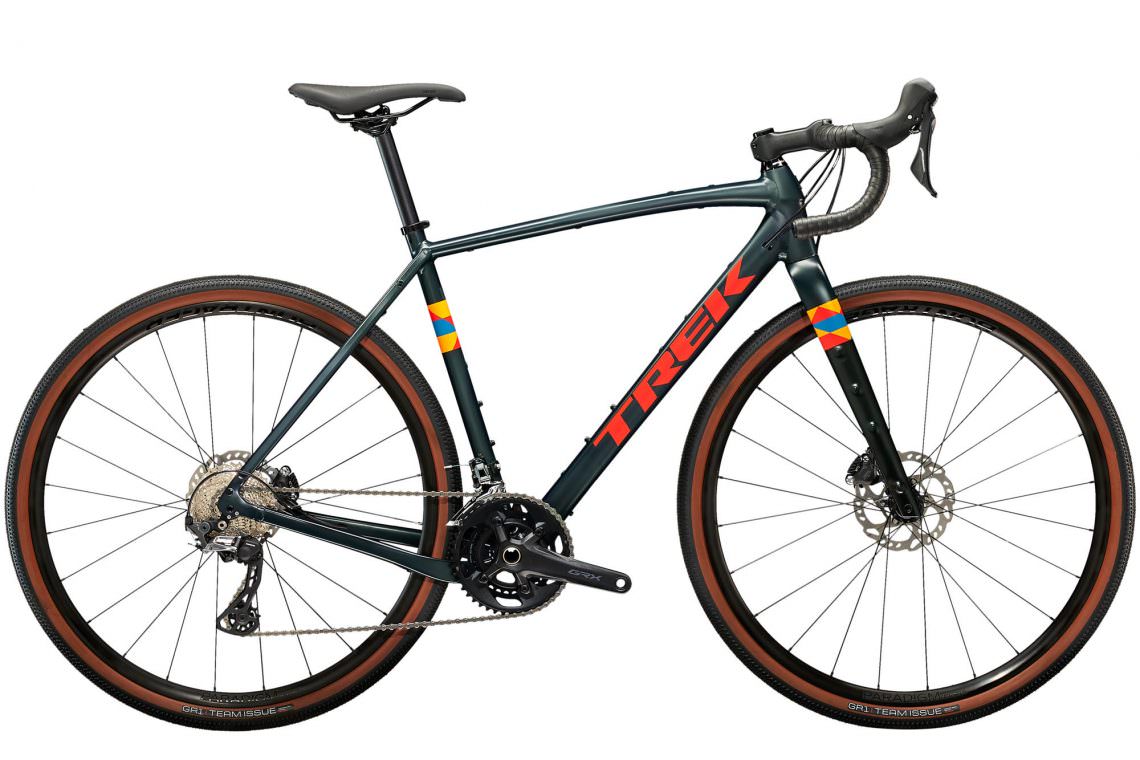
List of all models and features
| Model series | Checkpoint SLR | Checkpoint SL | Checkpoint ALR |
|---|---|---|---|
| Model | SLR 6 eTap | € 6,999 SLR 7 | € 8,299 SLR 7 eTap | € 8,499 SLR 9 eTap | € 11,999 |
SL 5 | € 3,499 SL 6 eTap | € 3,999 SL 7 eTap | € 5,999 |
ALR 5 | € 2,399 |
| Frame material | 700 Series OCLV carbon | 500 Series OCLV carbon | 300 Series Alpha alloy |
| IsoSpeed | Top tube IsoSpeed | Seat tube IsoSpeed | No IsoSpeed |
| Frame storage compartment | Yes | Yes | No |
| Fork mounting points | No | Yes | Yes |
| Fender mounting points | Yes | Yes | No |
| Bottle cage mounting points | 3x | 4x | 4x |
| Rack mounting points | No | Yes | Yes |
| Dropperpost compatibility | No; seatmast cap | Yes; 27,2 mm | Yes; 27,2 mm |
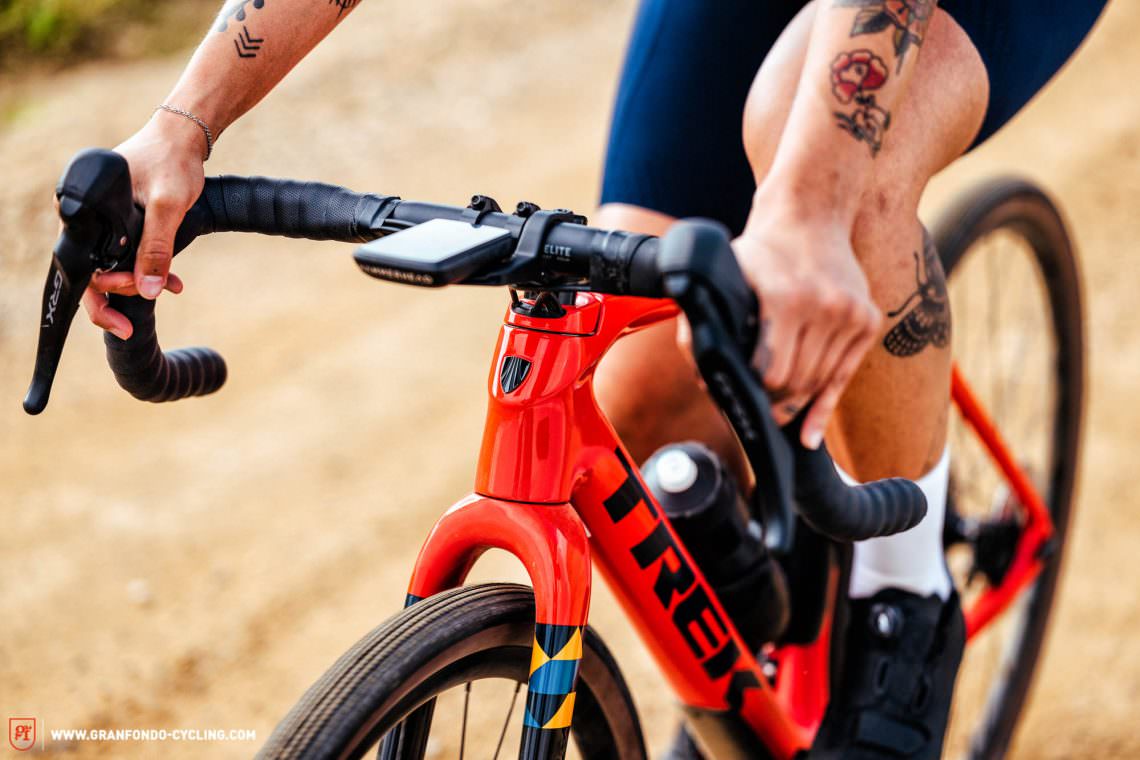


Conclusion
Trek have done it, expanding their portfolio to include a thoroughbred gravel racing machine with exciting features. However, the adventurers, commuters and recreational riders amongst us can breathe a sigh of relief as they’ve also thought of the well-known SL and ALR models. Unfortunately, we haven’t had the opportunity to get our hands on one of the new Checkpoint bikes but we can’t wait to put them to the test!
For more information on the new Trek Checkpoint models, visit trekbikes.com
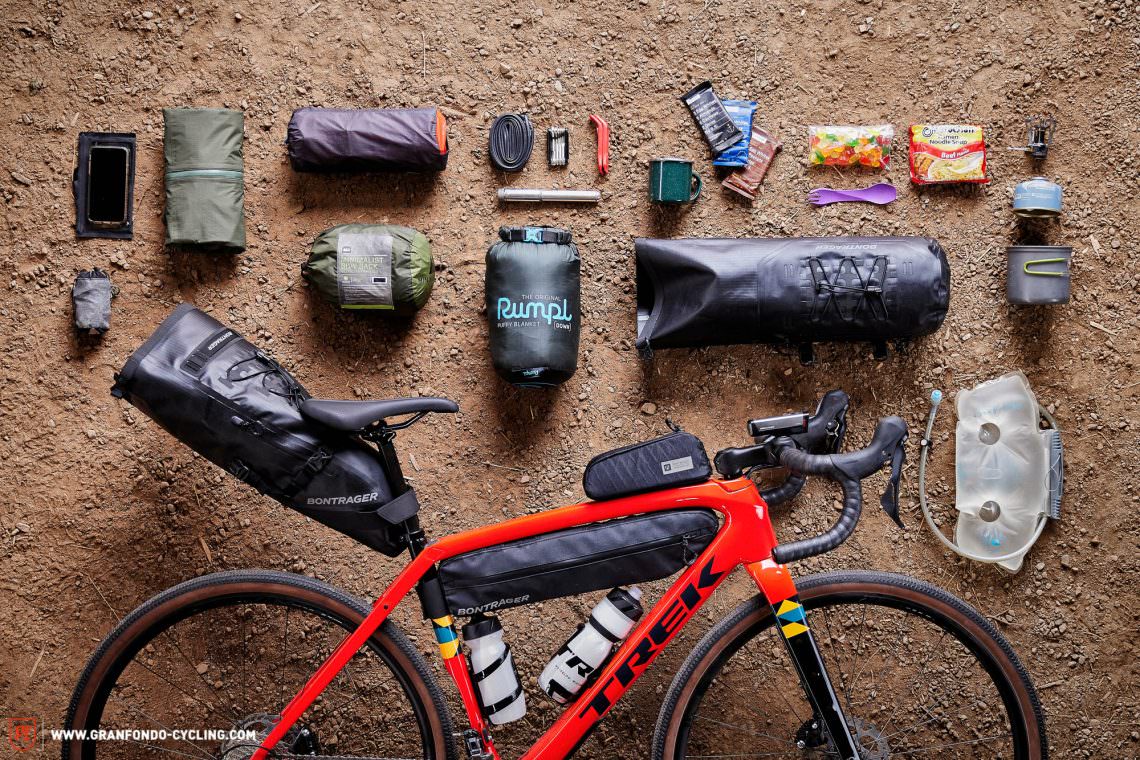
Did you enjoy this article? If so, we would be stoked if you decide to support us with a monthly contribution. By becoming a supporter of GRAN FONDO, you will help secure a sustainable future for high-quality cycling journalism. Click here to learn more.
Words: Photos: Trek


